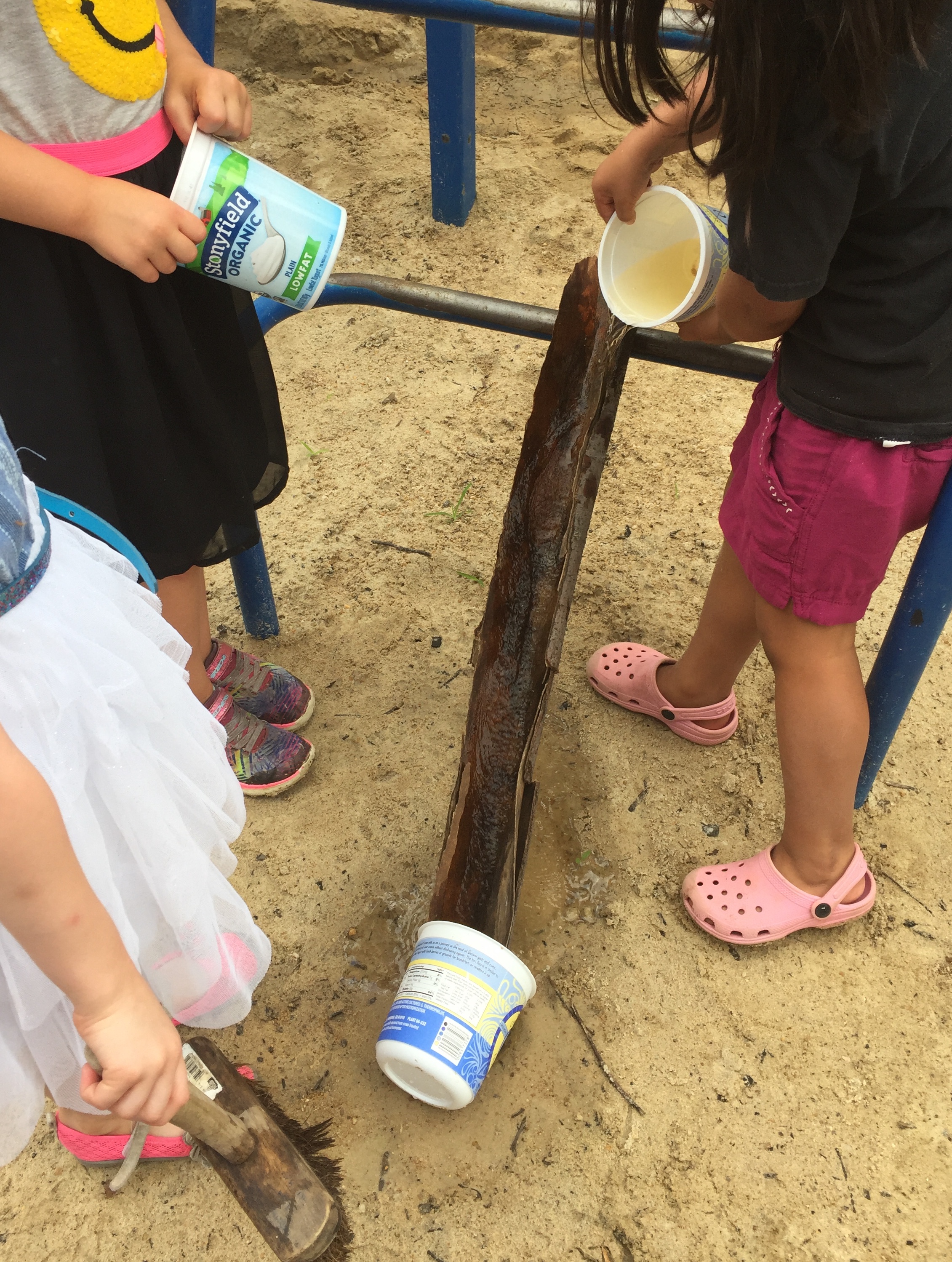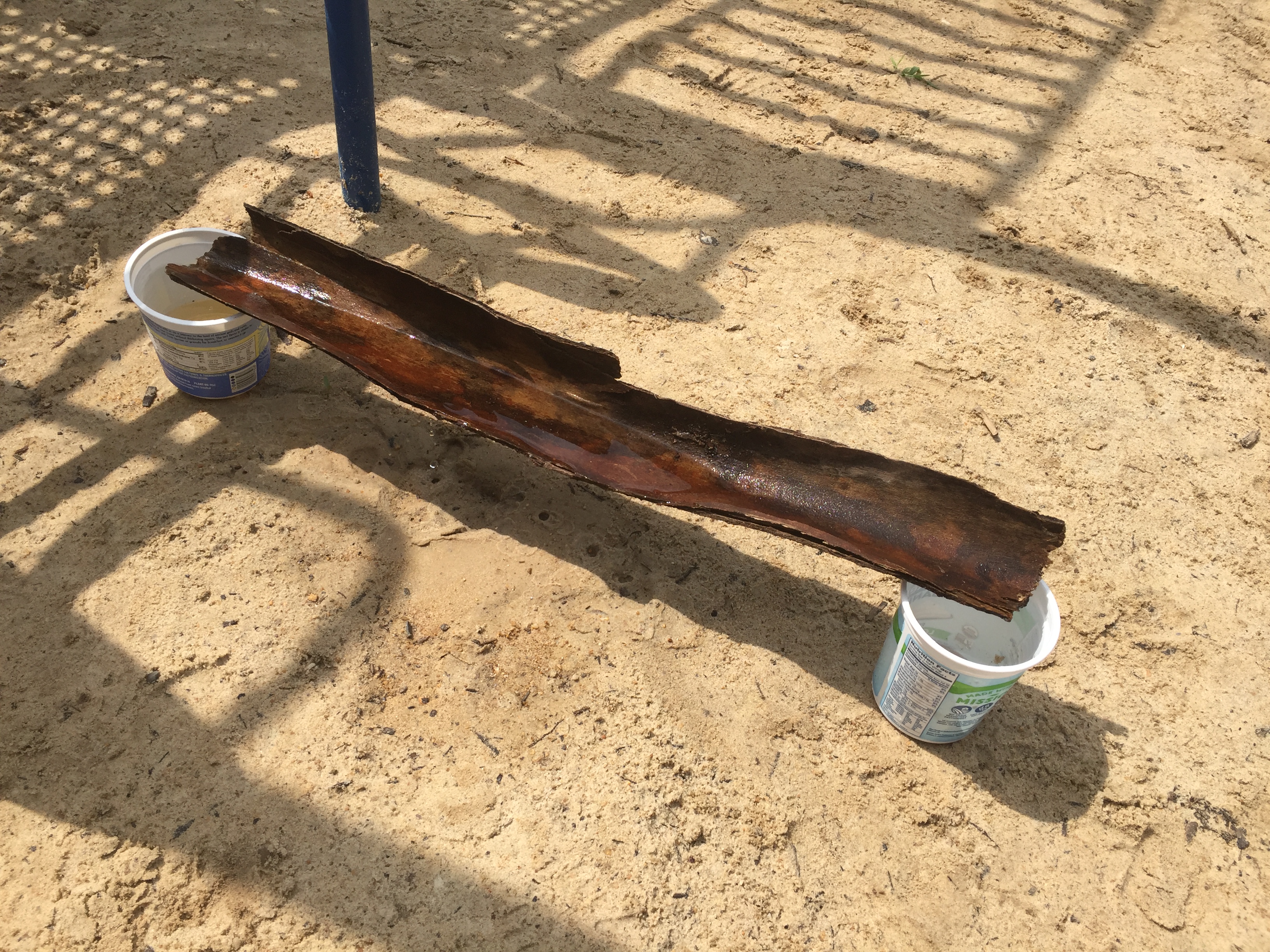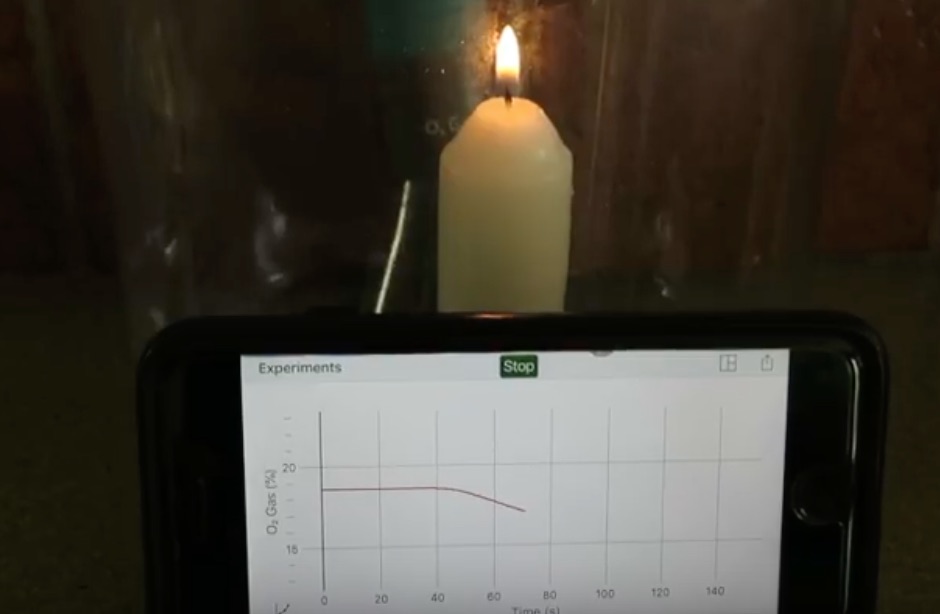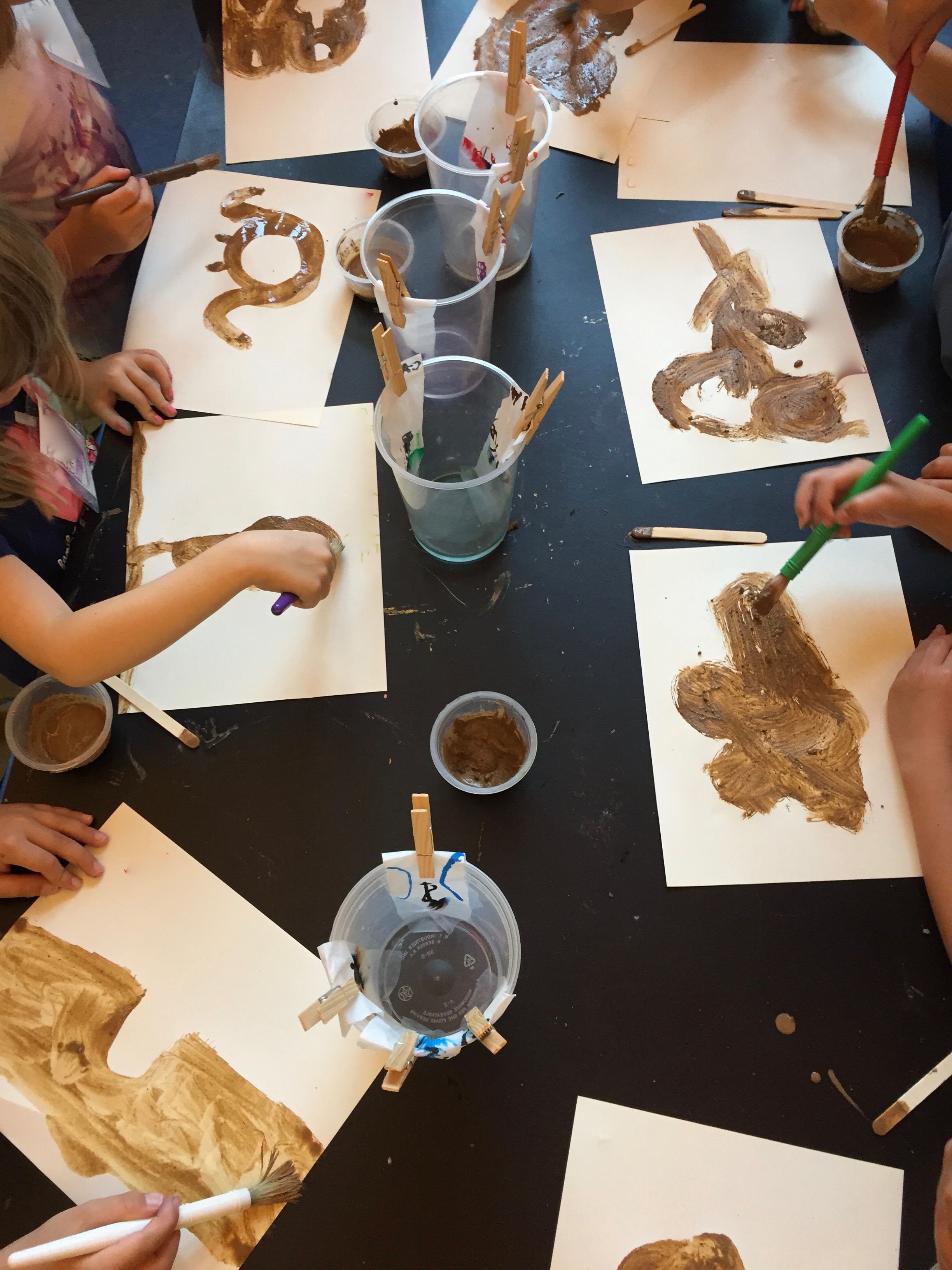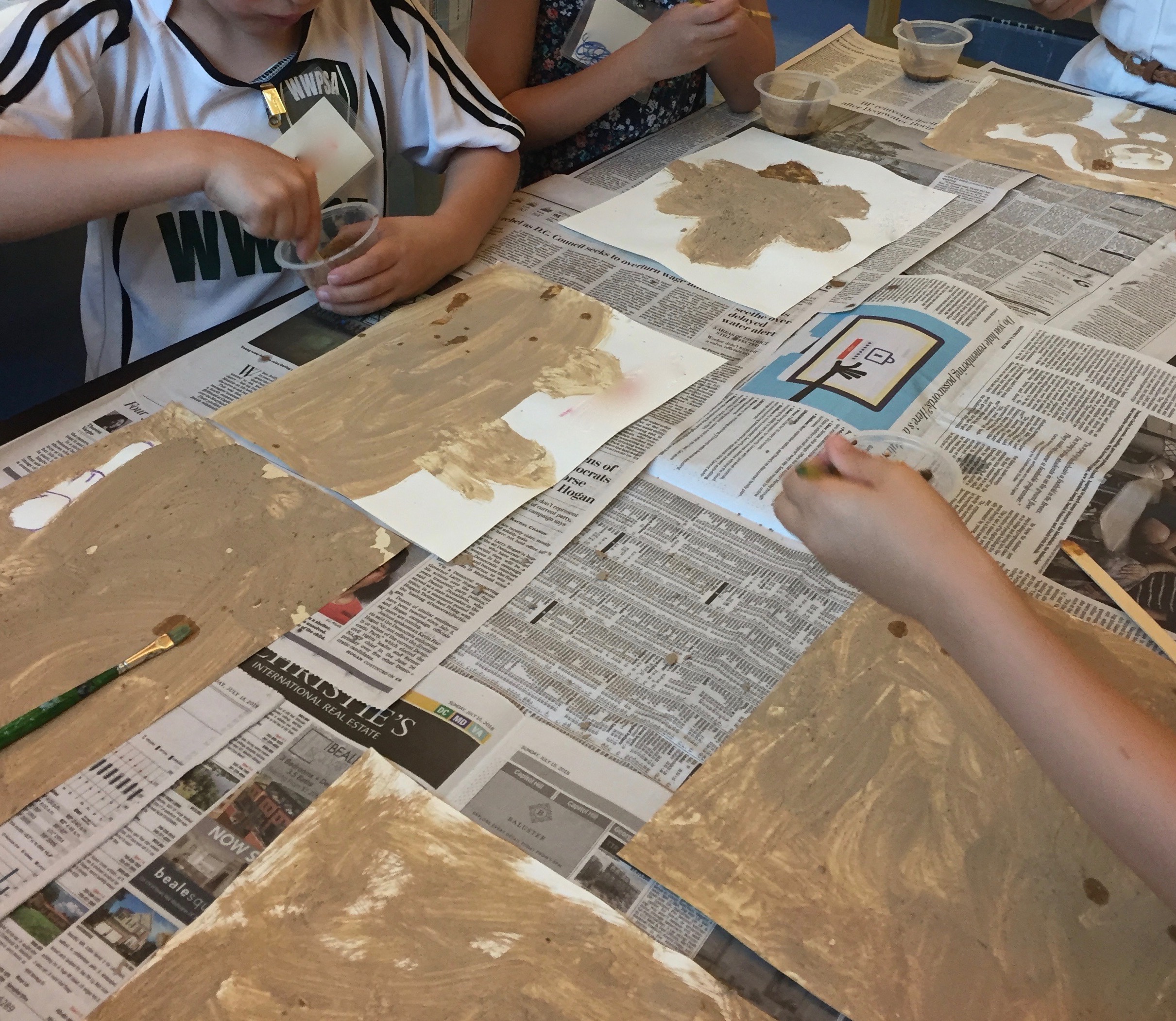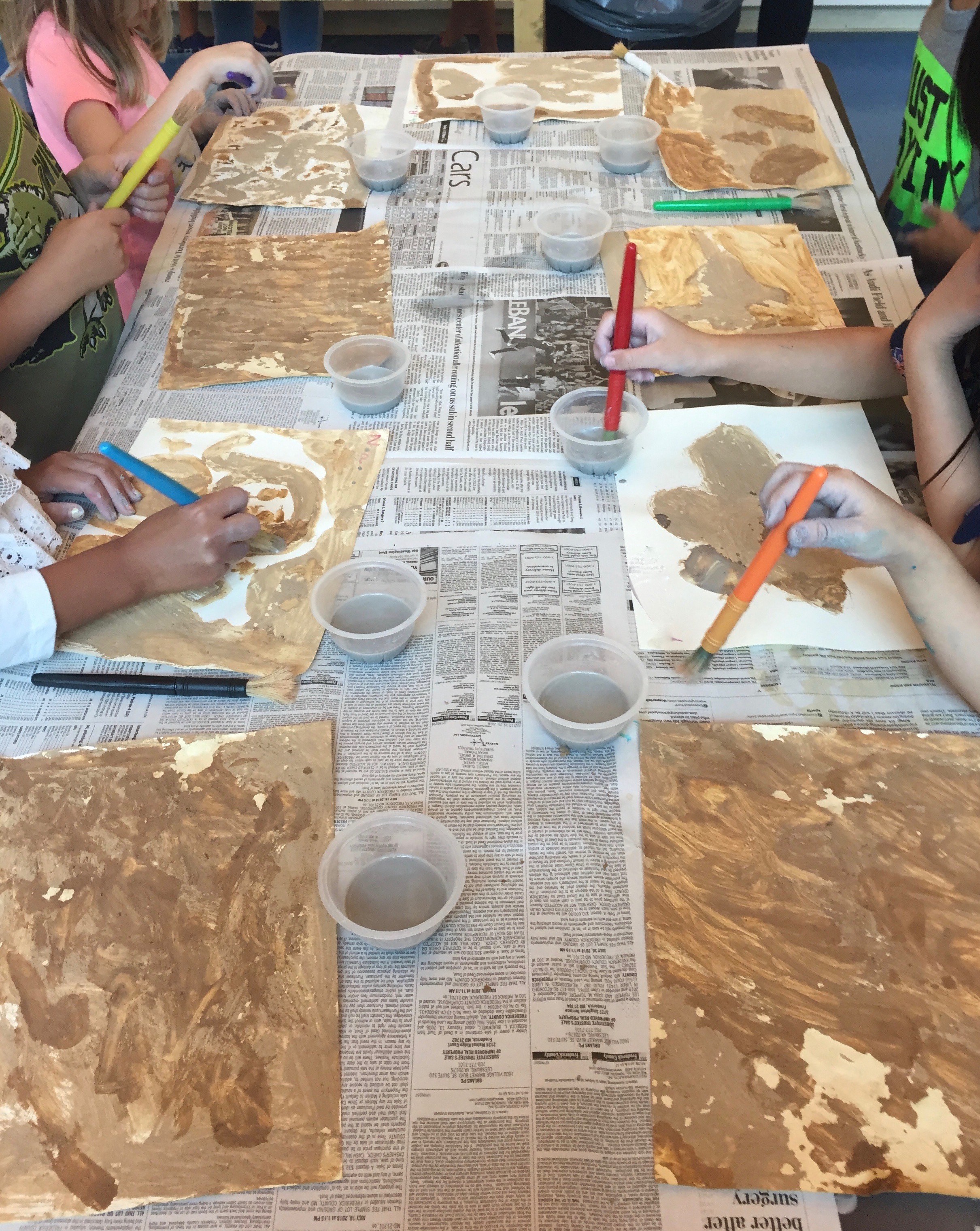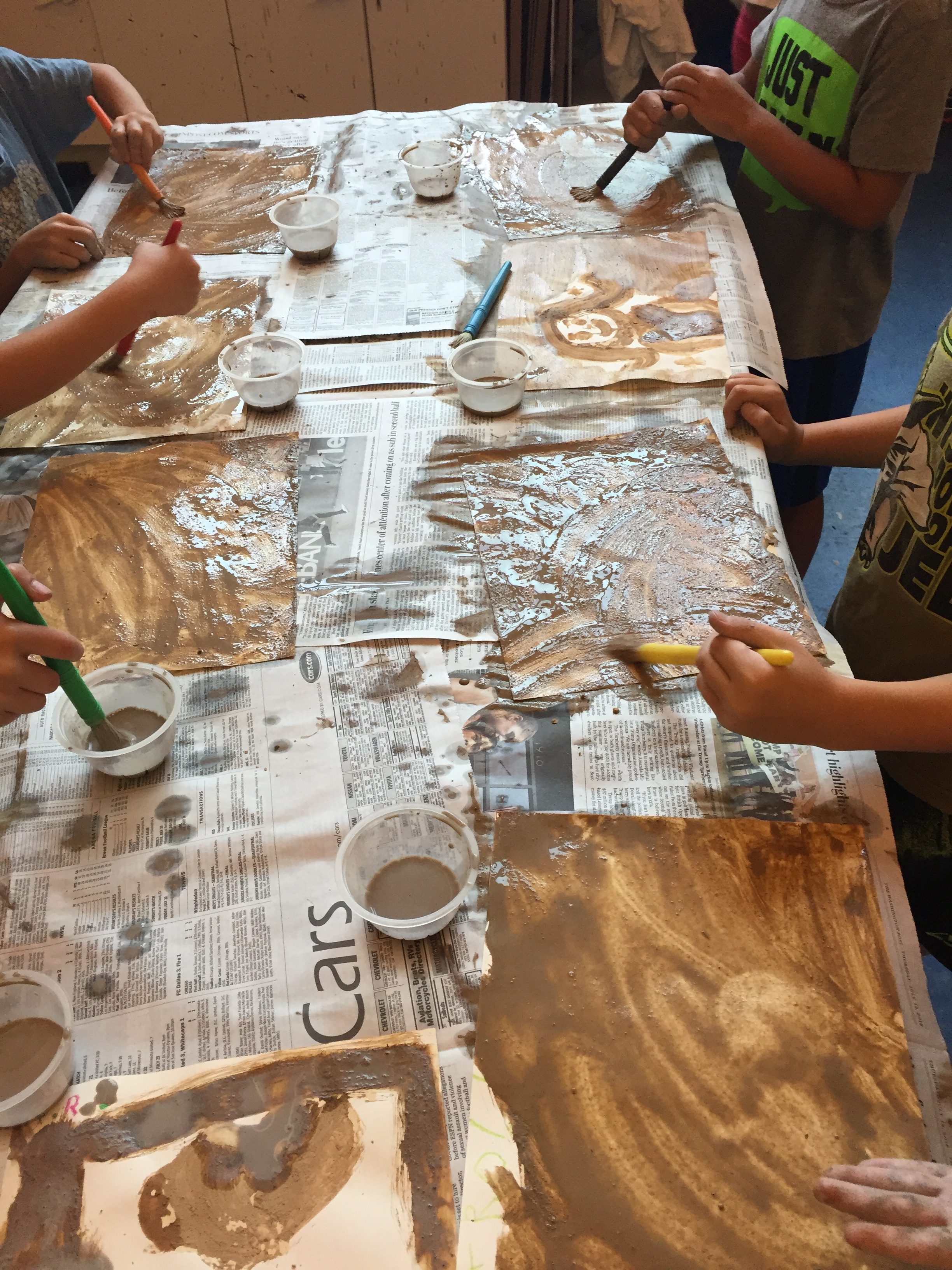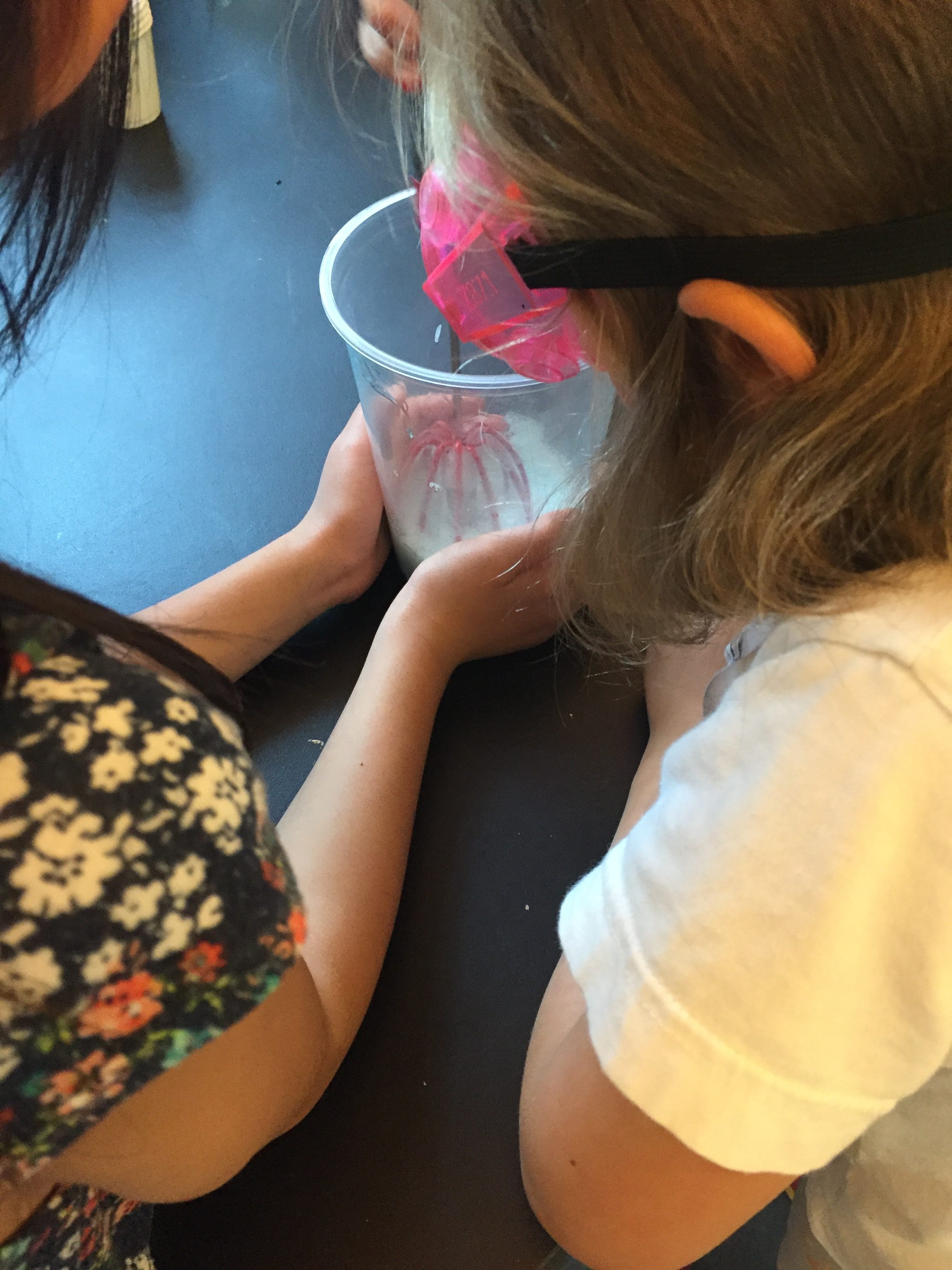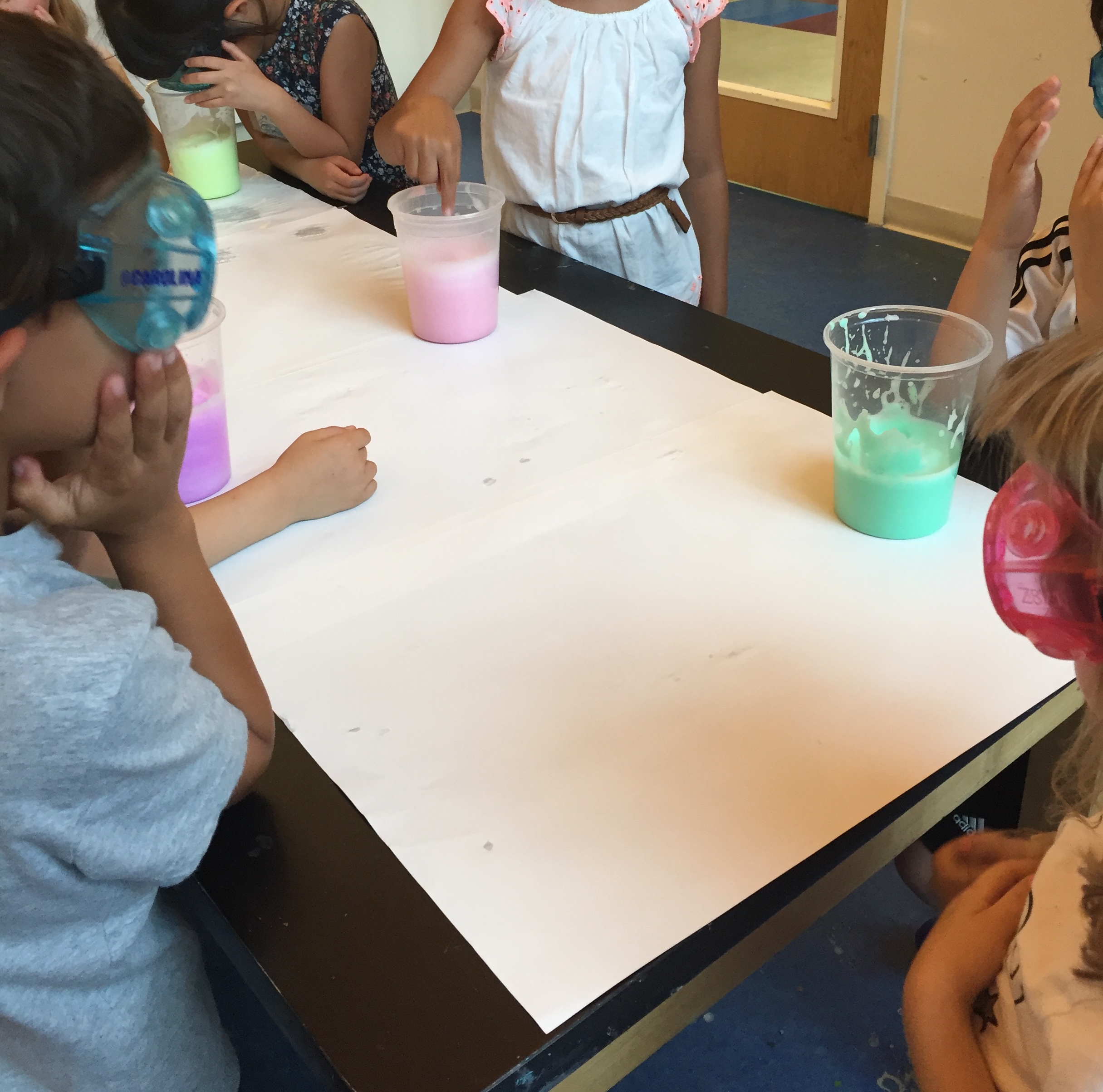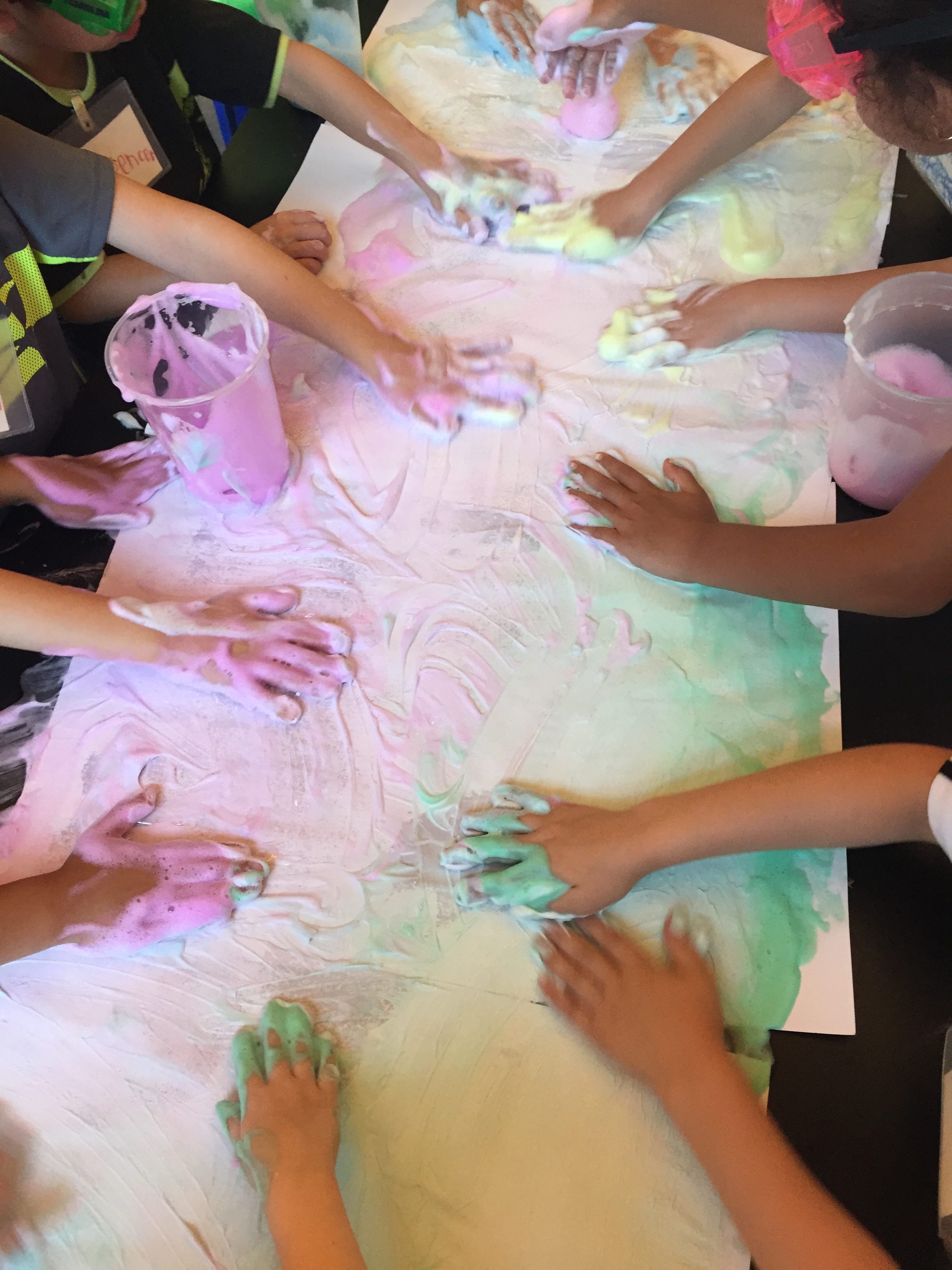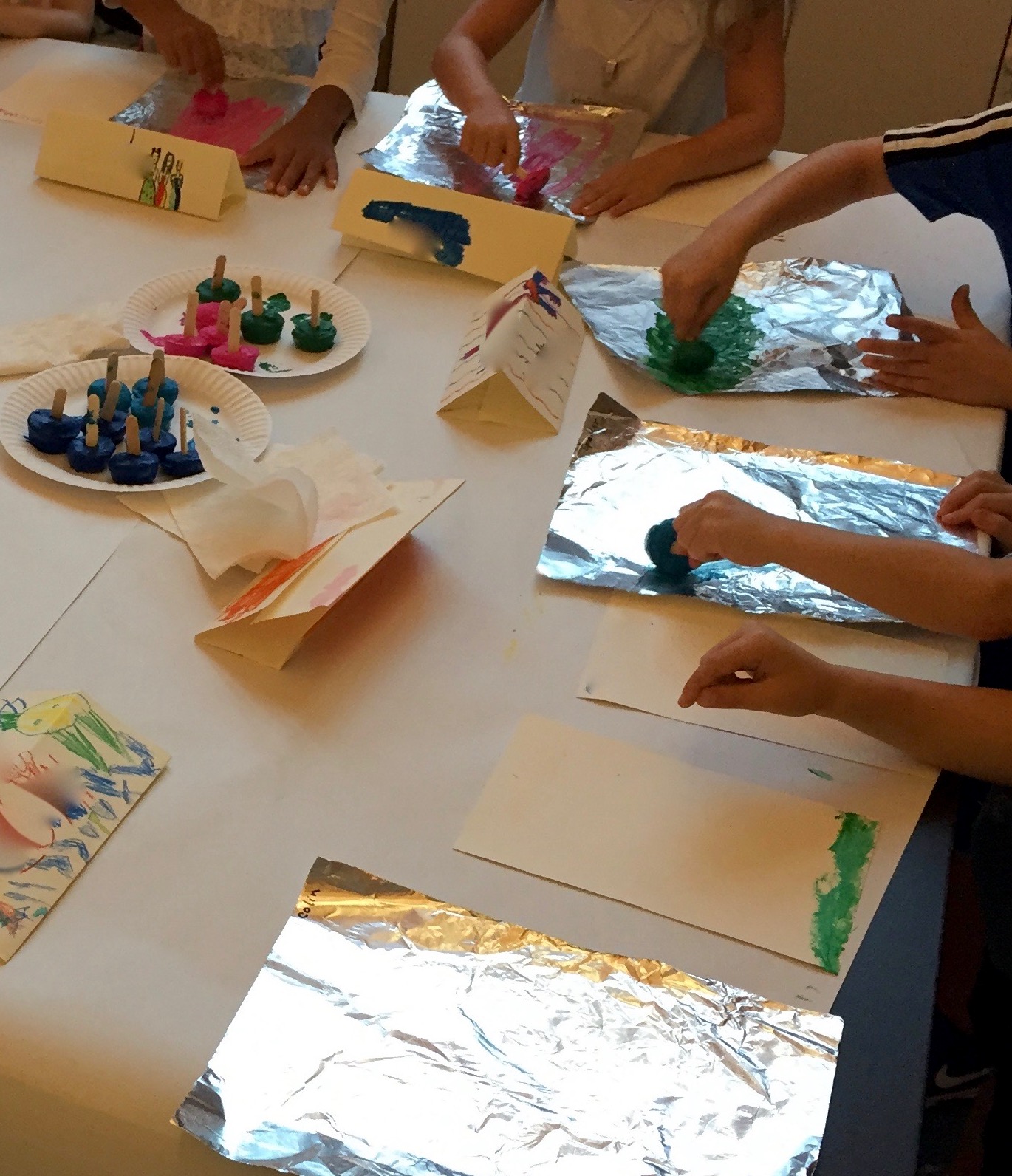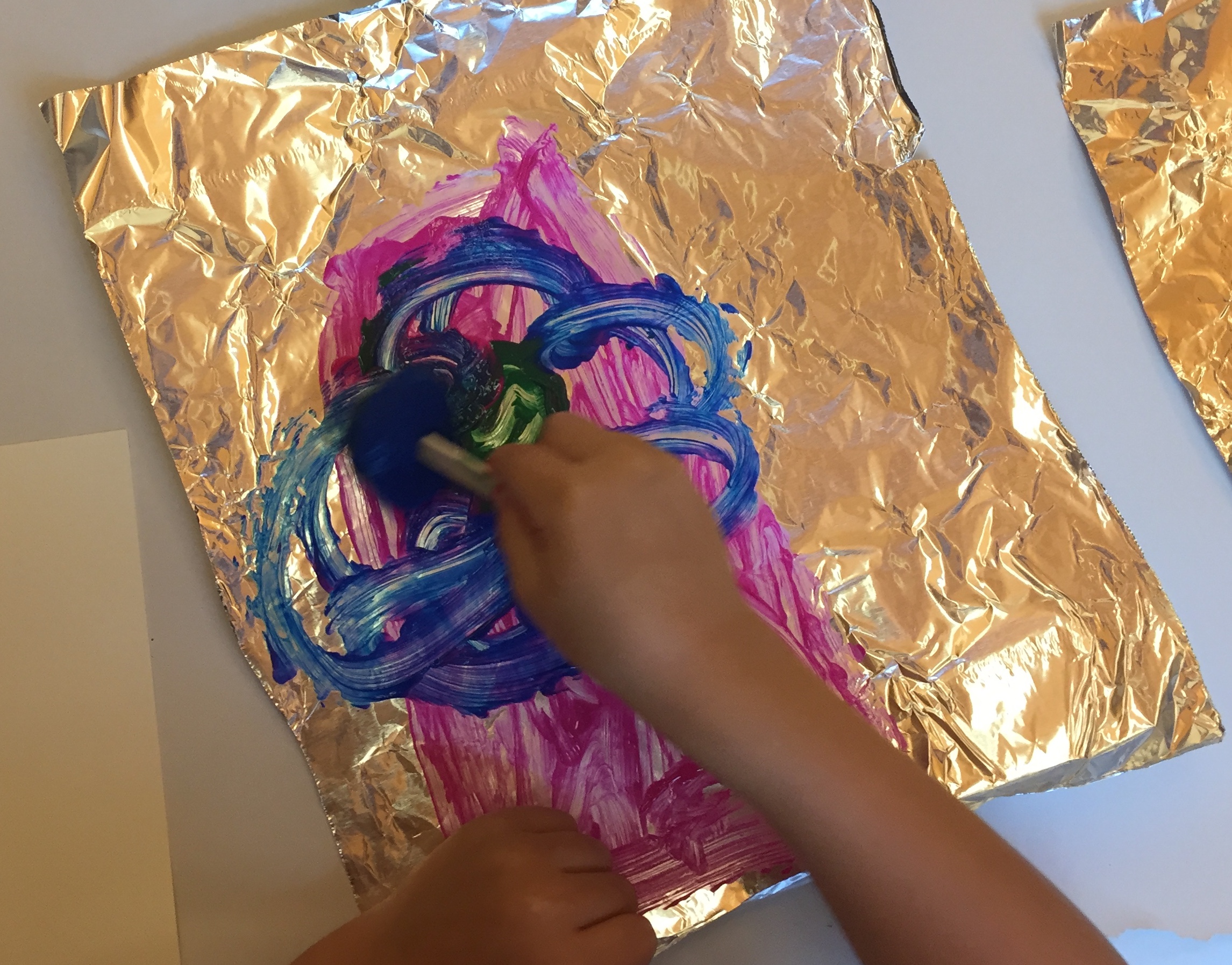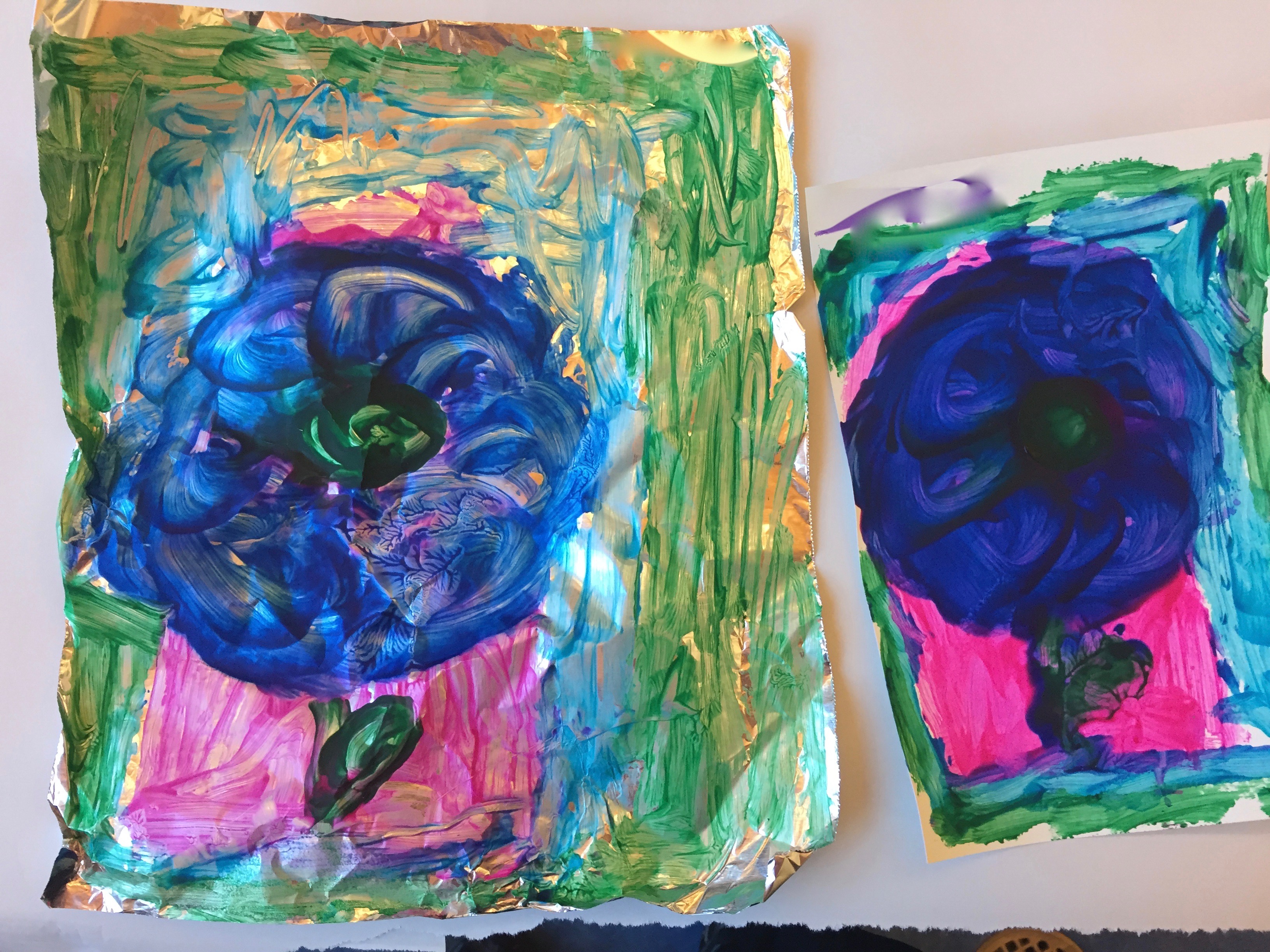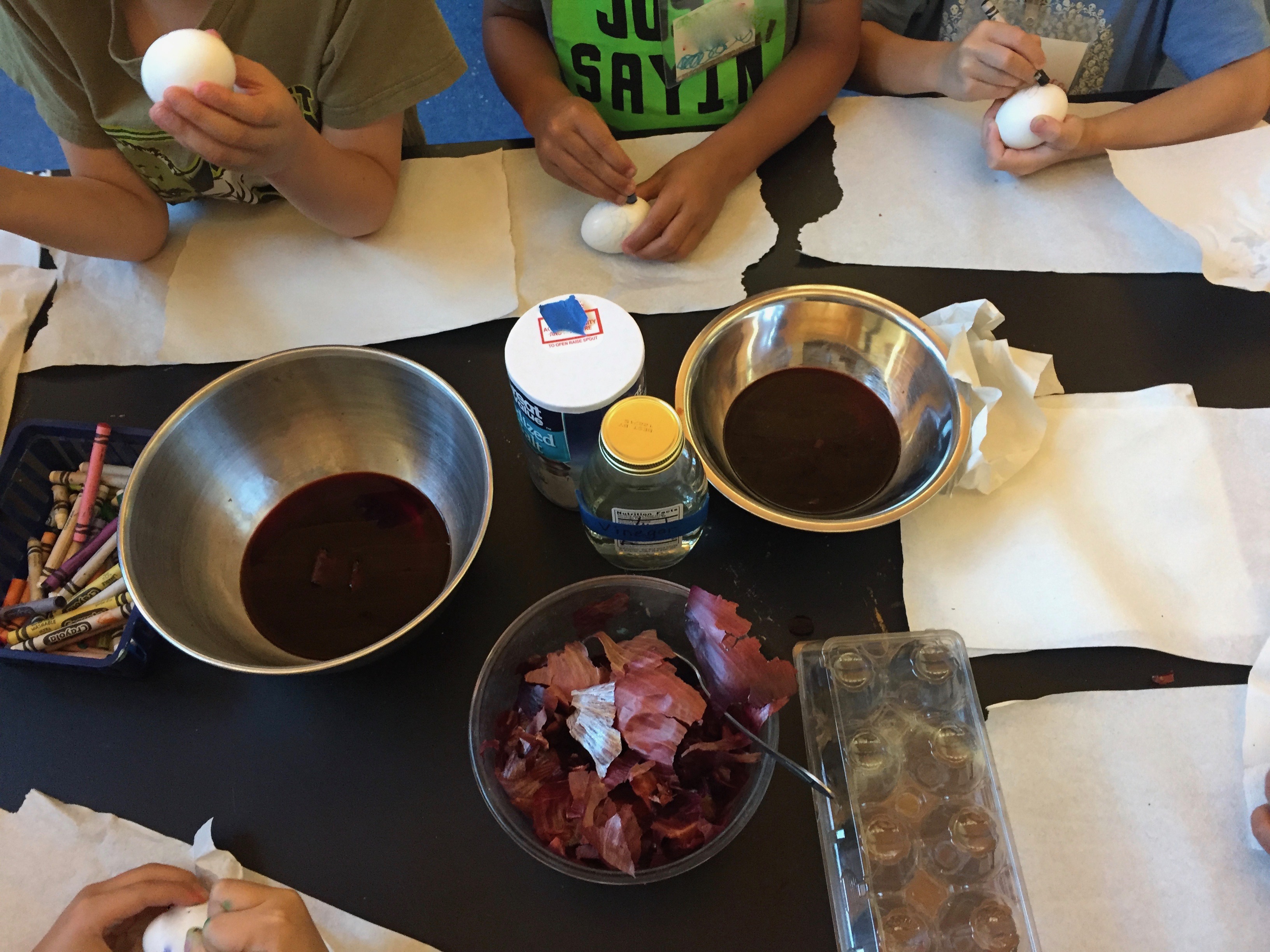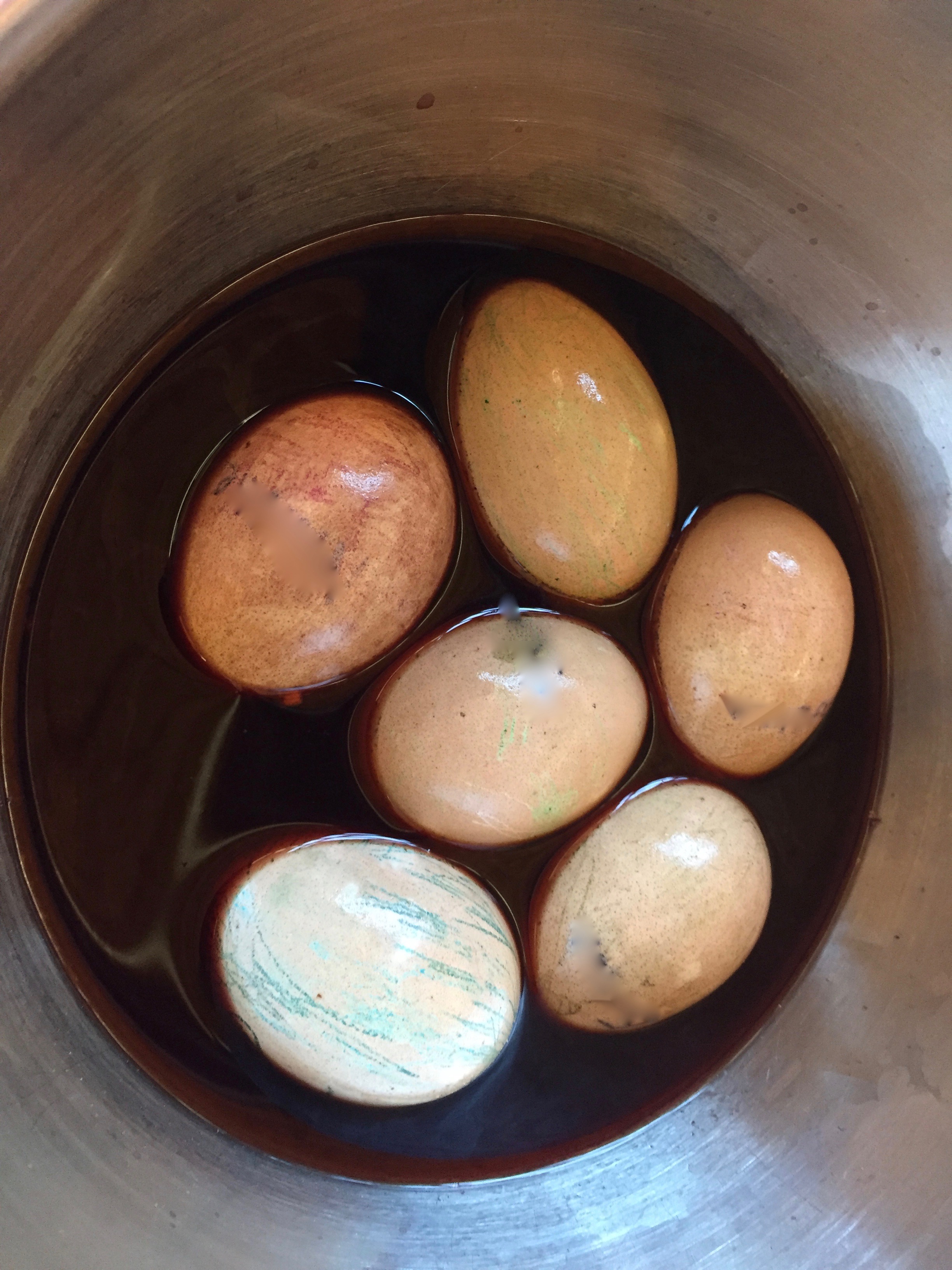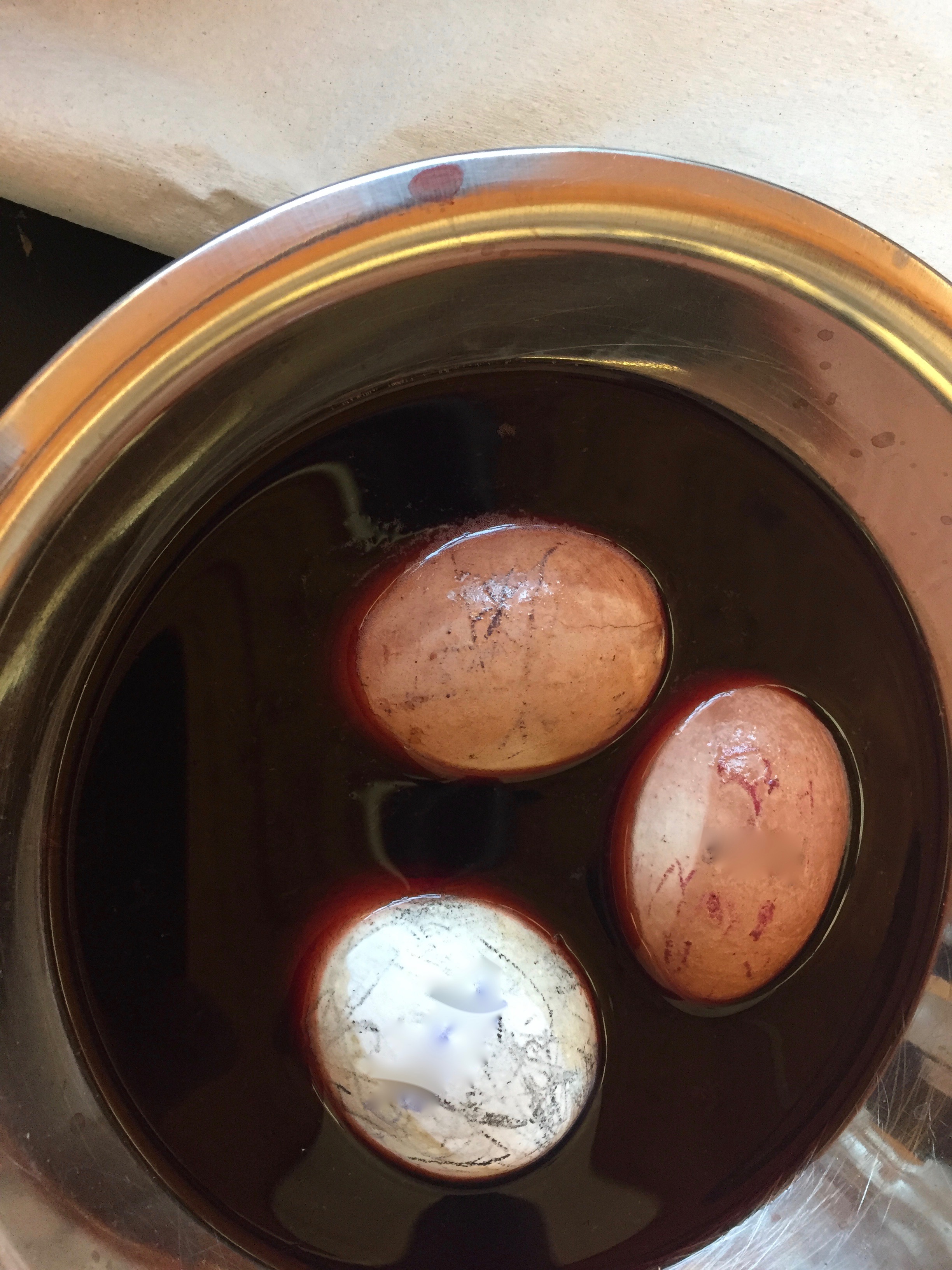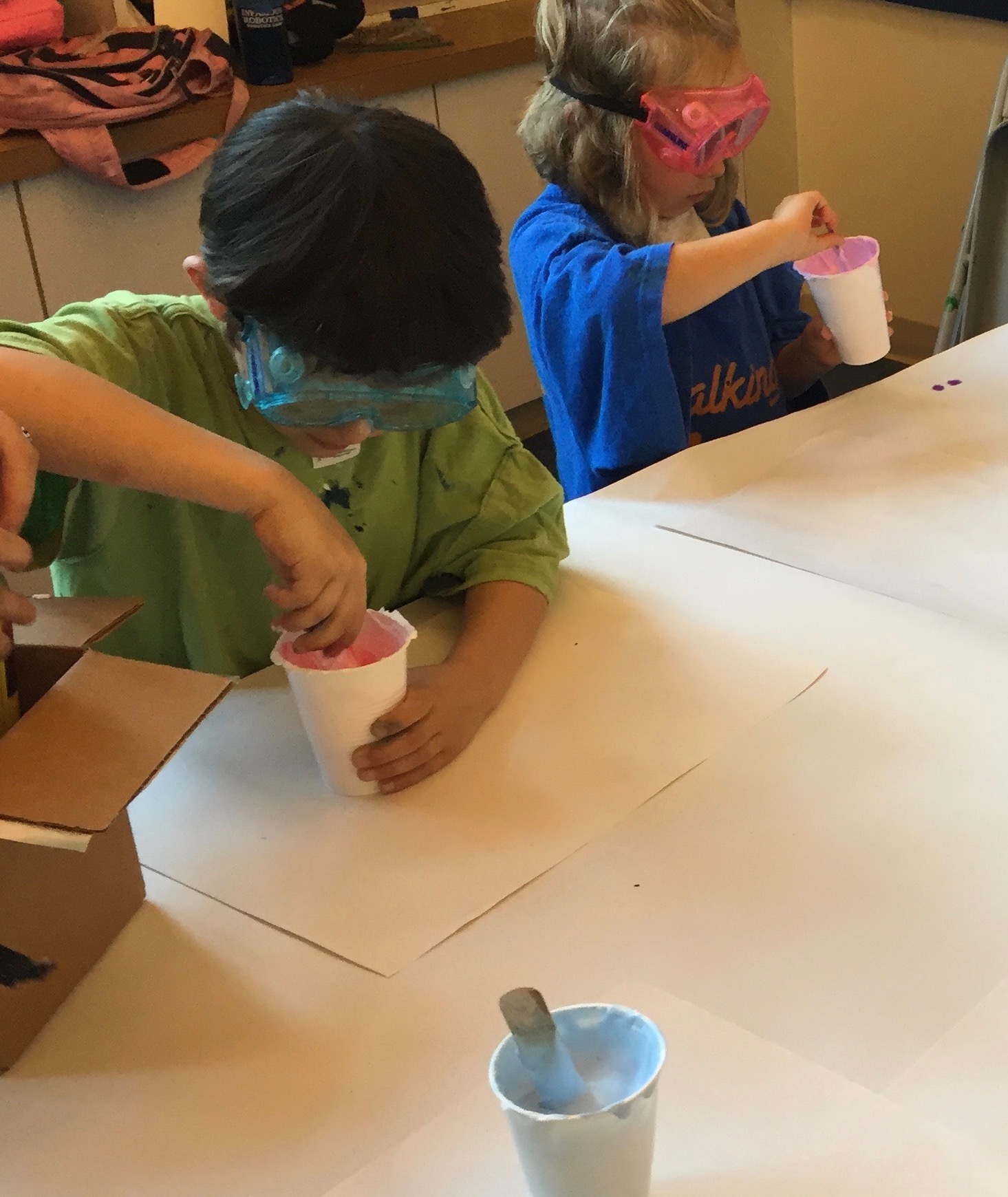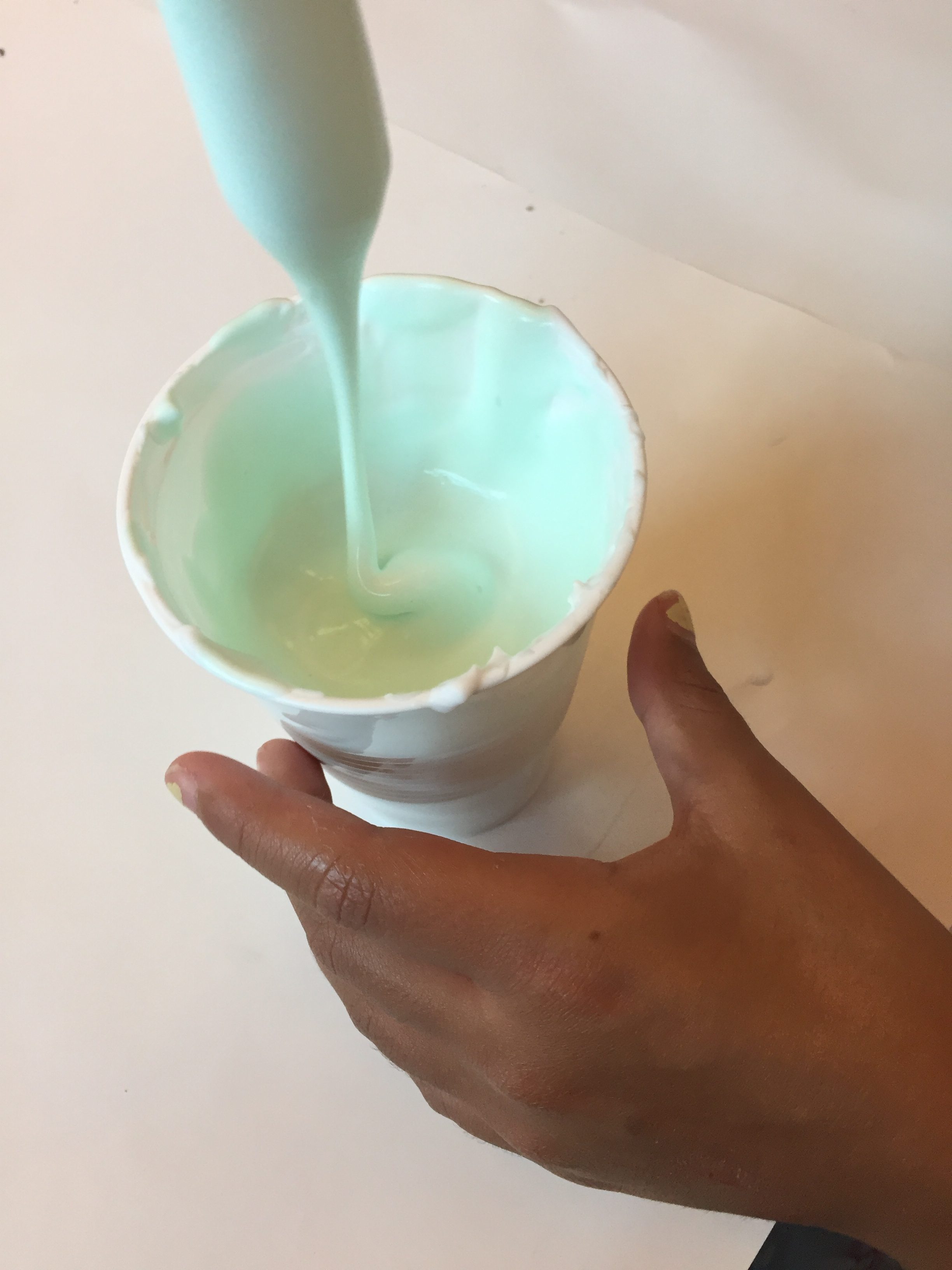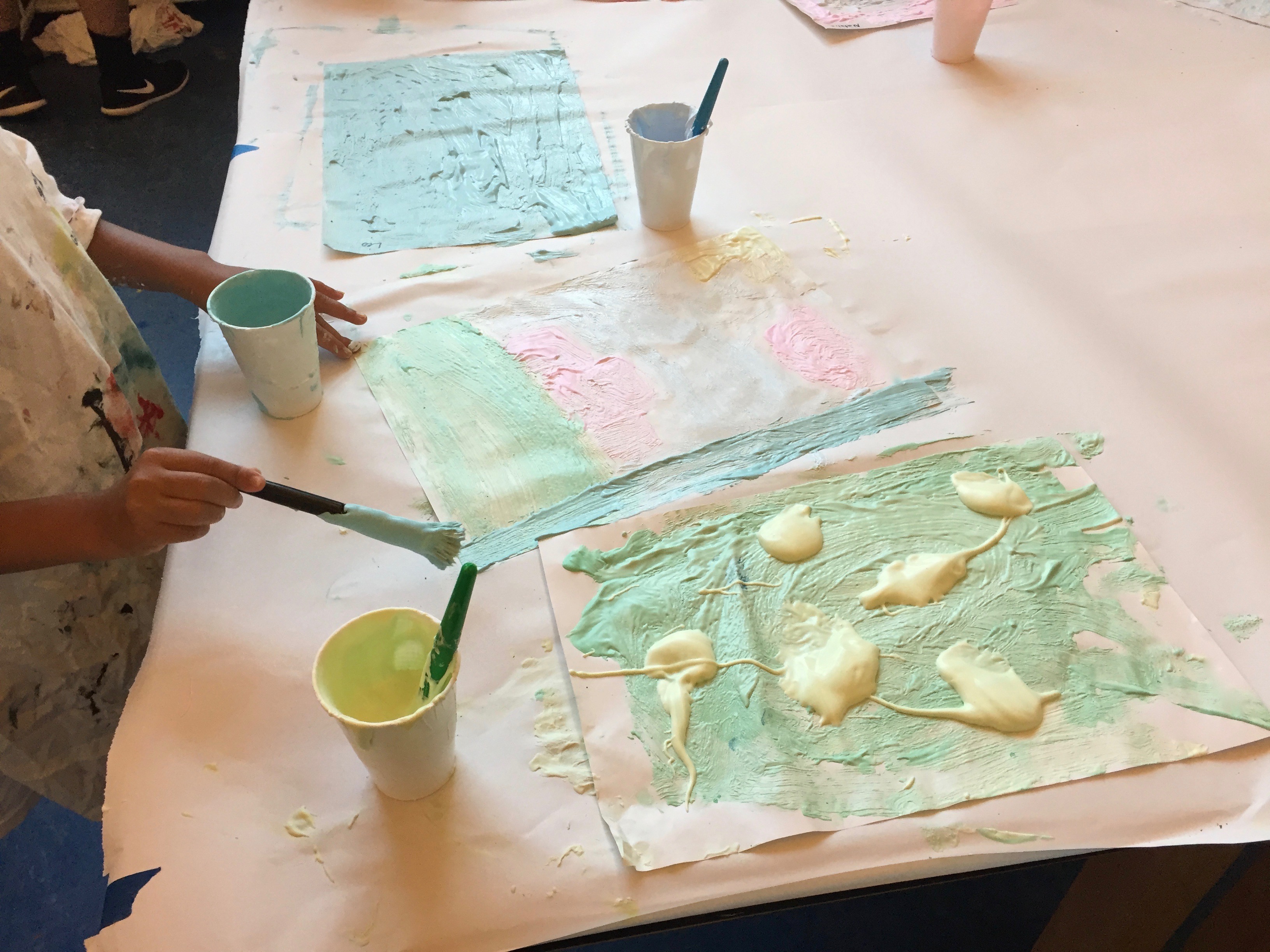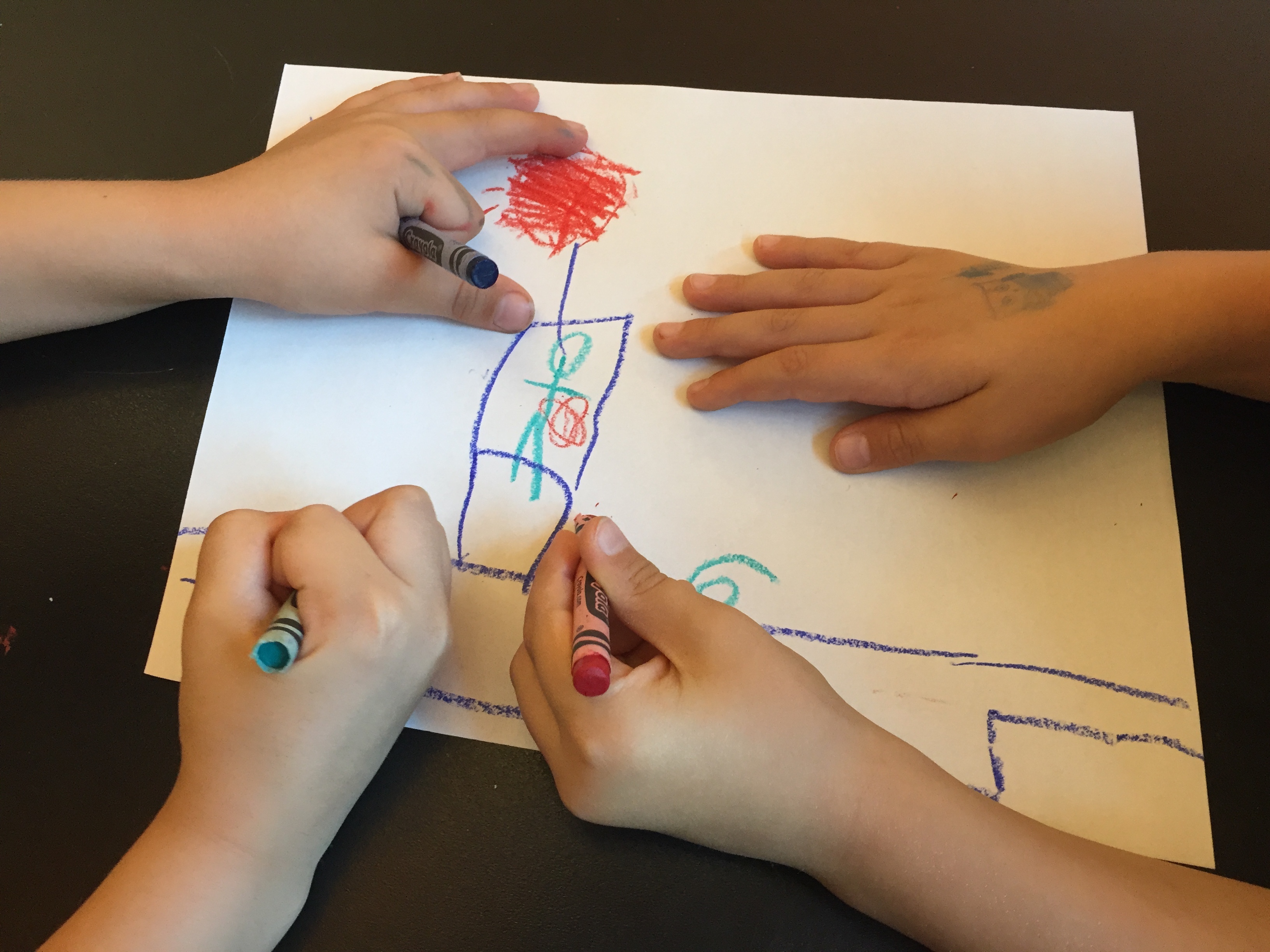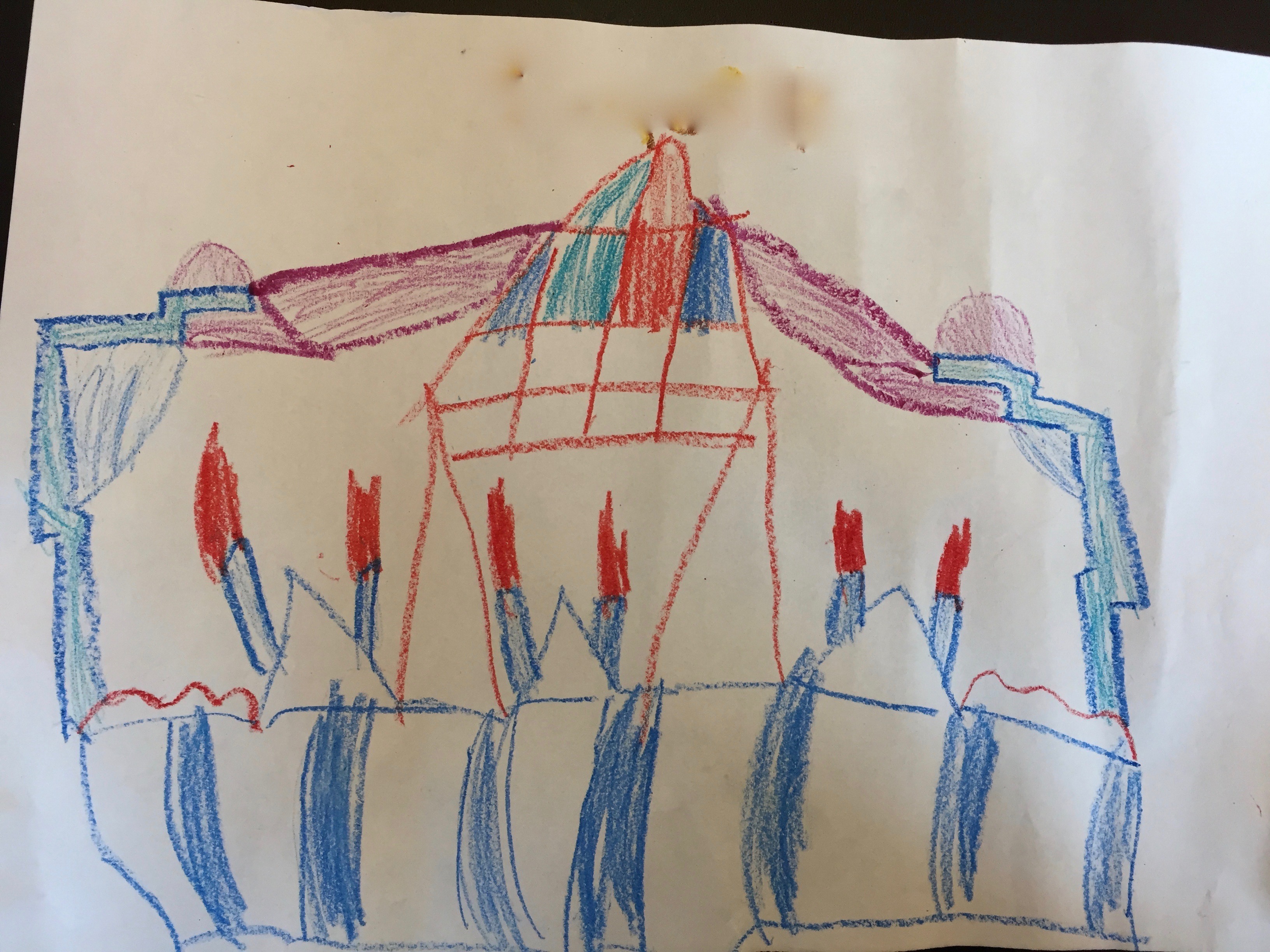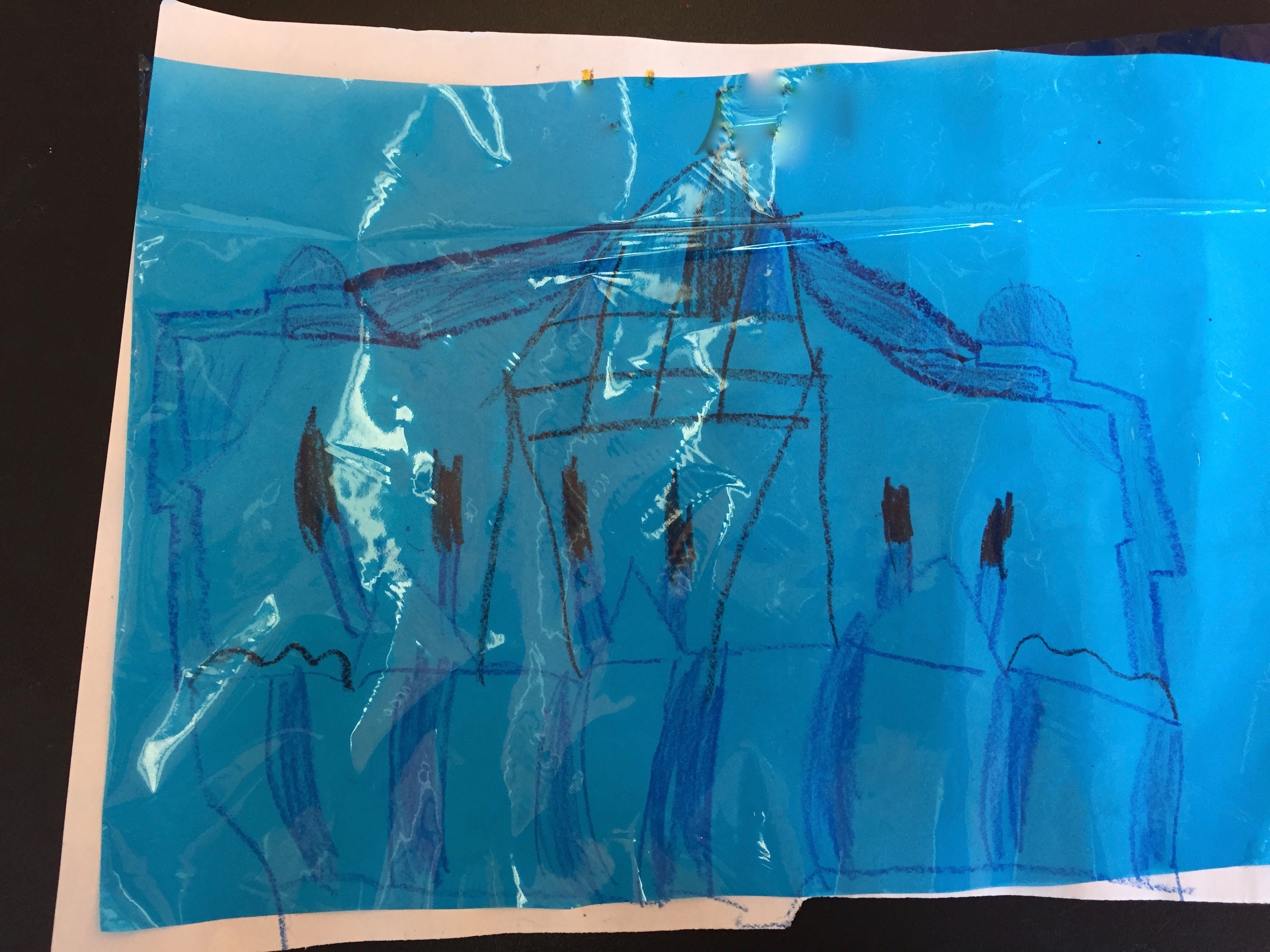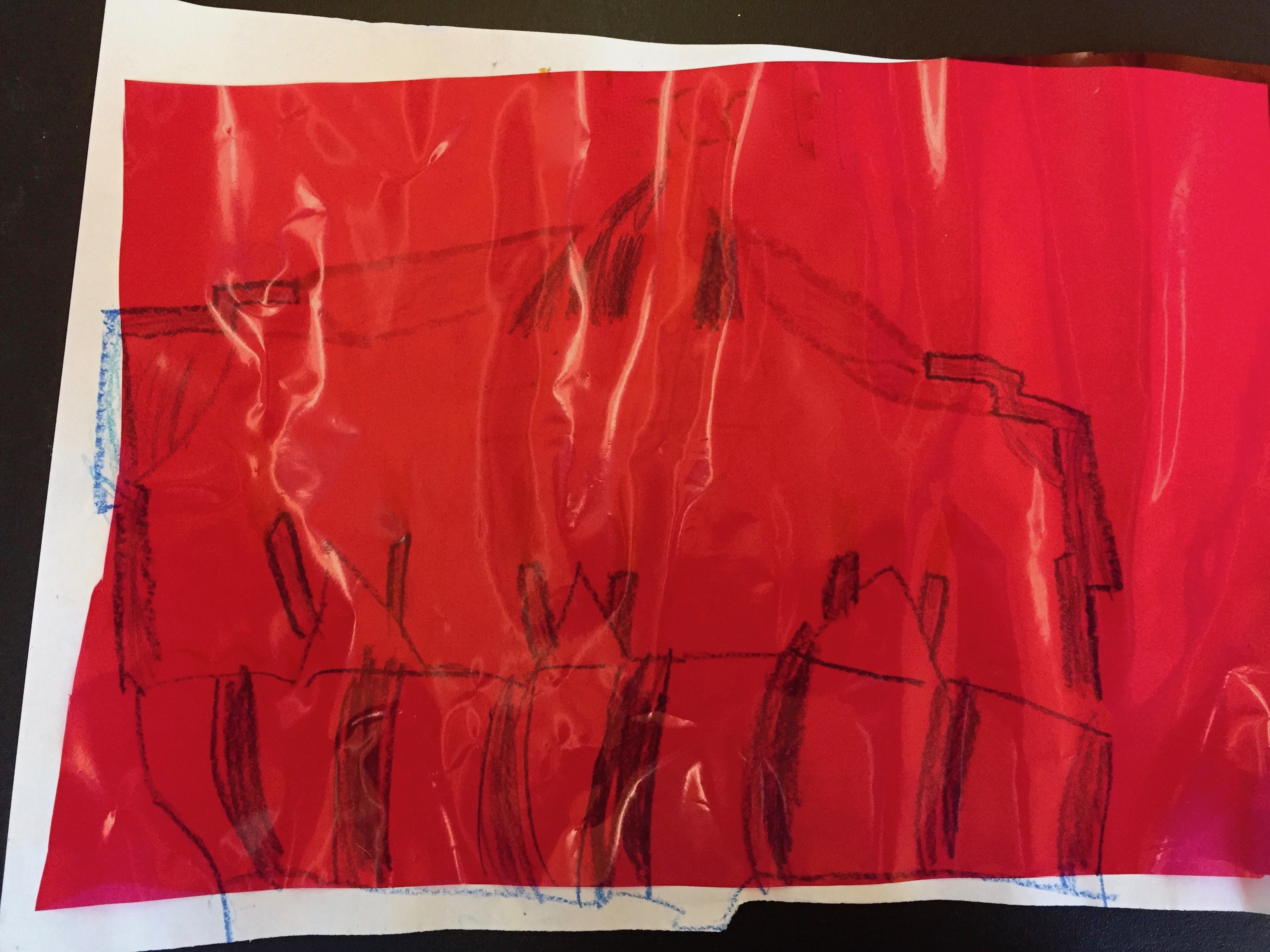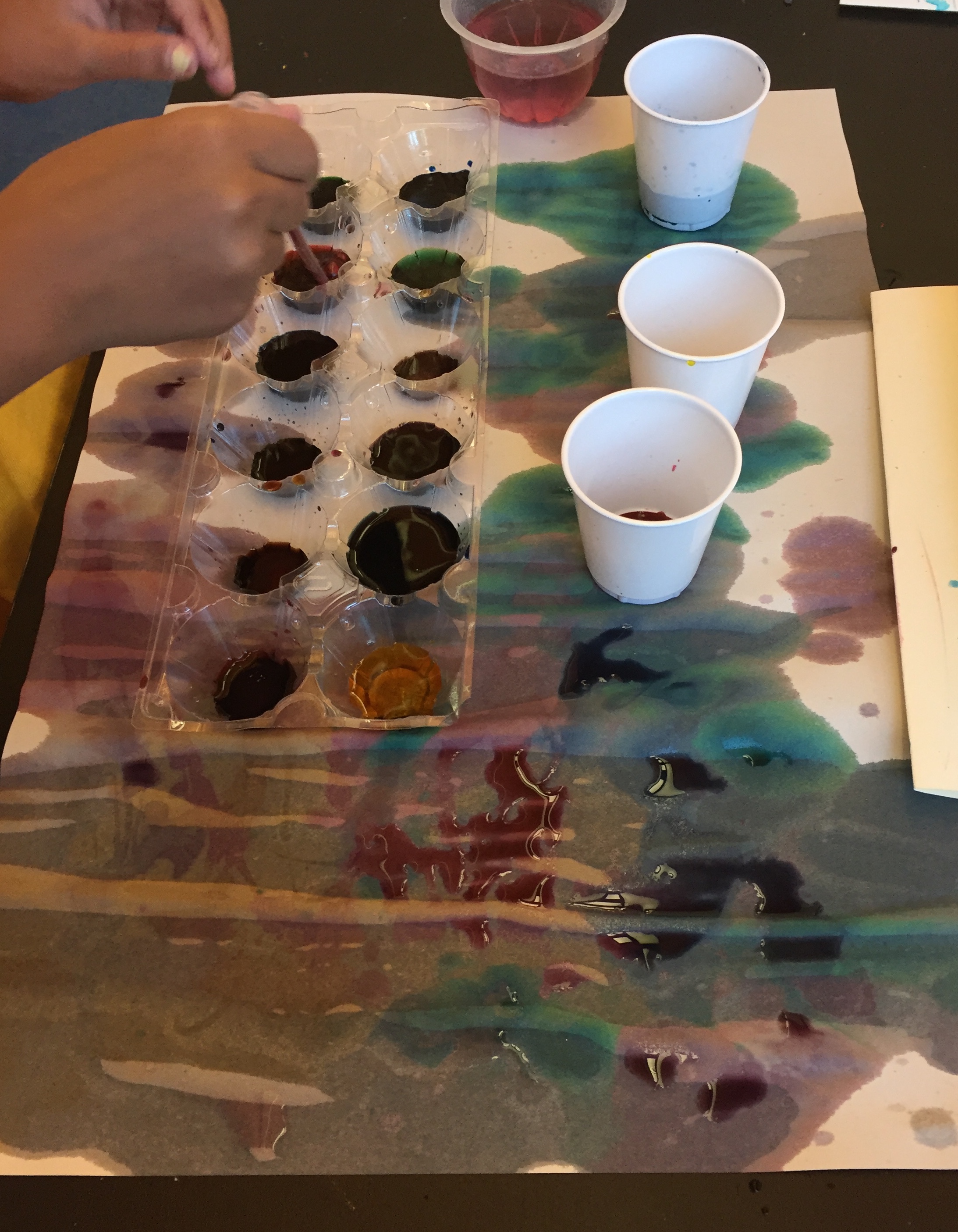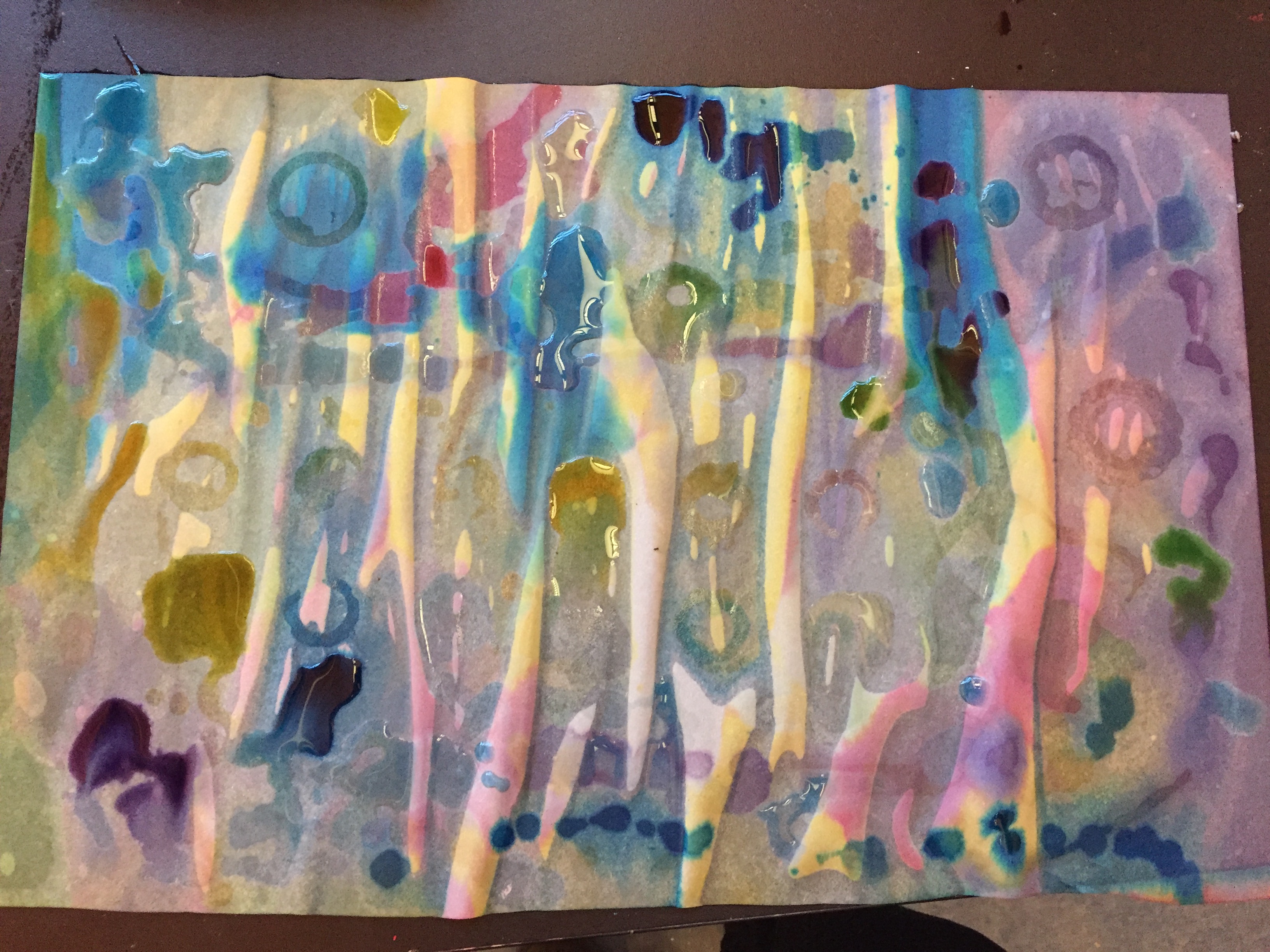Freeze! We're doing science!
By Gabe Kraljevic
Posted on 2018-08-13
 I have accumulated a large number of the freezer gel packs from a meal service. I’d like to find a way to use them in a classroom activity.
I have accumulated a large number of the freezer gel packs from a meal service. I’d like to find a way to use them in a classroom activity.
—P., Georgia
The best thing about these freezer packs is that they provide a constant that will help your class design and conduct a lot of experiments. Reusing these in your classroom is also a great environmental message.
A few ideas for experiments :
- Engineer the best picnic cooler. (Save styrofoam boxes and pellets from shipments you have received).
- Determine the optimum place to put a freezer pack in a standard cooler.
- What conditions speed up/slow down warming or cooling? Correlate the data with ambient temperature.
- Investigate the heat conductivity of different solids and liquids. Put the packs in ziplock bags and immerse them in oily/messy liquids.
- Surface area experiments: curl them up, lay them flat, stack them vertically/horizontally, spread them out. Relate this information to physical science, chemistry and even biology.
- The contents of freezer packs are non-toxic. Open them up and do carbohydrate, lipid, protein, and other chemical tests on the contents.
- Place them on different parts of the hands and arms to create a cold sensitivity map.
As useful tools:
- Keep them in the freezer to use instead of ice cubes for chemistry or biology activities.
- Putting live insects in a freezer for a few minutes will slow them down. Place the gel packs under the insects to keep them cool while observing them with microscopes or magnifying glasses.
Hope this helps!
Photo credit: By Dhenning2005, aka Dave Henning [Public domain], from Wikimedia Commons
 I have accumulated a large number of the freezer gel packs from a meal service. I’d like to find a way to use them in a classroom activity.
I have accumulated a large number of the freezer gel packs from a meal service. I’d like to find a way to use them in a classroom activity.
—P., Georgia
The best thing about these freezer packs is that they provide a constant that will help your class design and conduct a lot of experiments. Reusing these in your classroom is also a great environmental message.
A few ideas for experiments :
Moving water involves using the practices of science and engineering
By Peggy Ashbrook
Posted on 2018-08-10
 Sometimes the discovery of materials on a play area inspires children’s exploration and use of the NGSS science and engineering practices.
Sometimes the discovery of materials on a play area inspires children’s exploration and use of the NGSS science and engineering practices.
In this example a long length of bark from a tree branch became a trough for investigating water flow.
At first the 5 year old simply put the curved length of bark at an incline to make a path for water which was being used elsewhere in the outdoor play area. Her choice was likely informed by her prior experiences with balls and ramps, and in water play. In her actions she is planning and carrying out an investigation, asking what will happen to the water as it moved from a container onto the bark trough and trying to solve the problem of designing a system to carry water. A teacher supported her by standing nearby and watching intently, showing interest, and asking a few open-ended questions. “Where is the water going?” “What might happen if you drop the water from a higher up or a lower down?”
The child poured water into the trough at the top, watching it flow down and soak into the sand. Then she added another container at the bottom to try to catch the water. Additional children joined in. Repeatedly pouring water into the top of the length of bark made the children certain that very little water was being captured by the container at the bottom.
The first child redesigned the system, moving the length of bark to balance on top of two containers at the ends of the length (K-PS2-2 Motion and Stability: Forces and Interactions). She observed while pouring the water into the middle of the horizontal trough. Where do you think the water flowed in this new system design? 
There was time for one more redesign before going indoors for lunch. She added a third container on top of the trough in the center and poured water on top of the upside-down container. Where do you think the water flowed in this new system design?
Ecosystems: Recycle and Cycle
By Gabe Kraljevic
Posted on 2018-08-06
 Do you have any advice for creating bottle ecosystems with my seventh grade class? I would like them to do two-tier systems with terrestrial and aquatic organisms.
Do you have any advice for creating bottle ecosystems with my seventh grade class? I would like them to do two-tier systems with terrestrial and aquatic organisms.
—S., Missouri
Students can learn a lot when they create these micro-habitats in plastic bottles with plants and invertebrates. The bottles can be stacked to form interdependent aquatic and terrestrial ecosystems. I’ve collected some resources in the NSTA Learning Center (https://goo.gl/o6ovVd) with more information.
Start the project by going over the different types of ecosystems and organisms. To get the organisms, you can sample a pond, flip over rocks and even visit a pet store before “build day.” I always kept a stock of these year-round in terraria and aquaria in my classroom. After spending a class researching the organisms available, students create a “shopping list” of the materials they need to add in their ecosystem. Have students bring in the two-liter bottles or ask colleagues for donations. Spend a class building the ecosystems and starting seeds of fast-sprouting plants like oats, radishes, greens, and alfalfa. Some students may want to use samples from an aquarium in their aquatic ecosystems. Have them explain why in their journal. A fleece wick between the lower, aquatic ecosystem to the upper, terrestrial ecosystem will facilitate water movement. In a few days the plants will sprout and students can add the invertebrates
Have the students write journal entries at least twice a week and stress accurate observations. If available, use oxygen and carbon-dioxide sensors as part of their data collection. Bio-geochemical cycles, pyramids and food chains/webs that depict their bottles can be incorporated into their journals.
I love bottle ecosystems and so did my students!
Hope this helps!
Photo by author
 Do you have any advice for creating bottle ecosystems with my seventh grade class? I would like them to do two-tier systems with terrestrial and aquatic organisms.
Do you have any advice for creating bottle ecosystems with my seventh grade class? I would like them to do two-tier systems with terrestrial and aquatic organisms.
—S., Missouri
Ed News: K12 Educator Externships Provide Practical STEM Experiences
By Kate Falk
Posted on 2018-08-03

This week in education news, maker spaces help teach students to redesign their worlds; educator externships provide hands-on authenticity that better informs instruction and boosts teacher confidence; teachers wish they had more opportunities to further their careers while remaining in the classroom; across the country, most teachers don’t receive enough money to equip their classrooms and keep them running; President taps Kelvin Droegemeier as next White House science adviser; and Florida’s talent gap persists in the STEM occupations, despite the state’s booming economy.
‘I Can Do That!’: How Maker Spaces Teach Students to Redesign Their Worlds
As schools nationwide are expanding the use of maker spaces, researcher Edward Clapp spoke with Education Week about how teachers can get it right. Clapp is senior research manager on the Agency by Design initiative at Harvard University, which examines the promises of maker-centered learning. Read the article featured in Education Week.
K12 Educator Externships Provide Practical STEM Experiences
An externship program run by the Oklahoma State Department of Education expanded this summer, allowing K12 teachers to gain professional STEM experiences they can bring back to the classroom. During the pilot last year, teachers tested soil samples and worked in a concrete-making lab, among other activities, during a paid two-week externship at an Oklahoma City engineering firm. Read the article featured in District Administration.
It’s Time To Change Our Learning Model
As a 22-year-old first-year teacher, I was introduced to one of the biggest challenges within our schools. While setting up my classroom, my principal came by to deliver a set of fifth-grade textbooks and an analysis of the starting points for each of the 28 students in my class. While all of my students were in fifth grade, they were individuals starting at varying places academically. I worked hard, cared a lot, and spent lots of late nights developing lessons. I tried to learn how to keep the classroom orderly and motivate my students to learn. And I tried to learn all I could from my colleagues who had far more experience, knowledge, and skill than I had. Read the article featured in eSchool News.
What’s School Without Grade Levels?
On windswept fields outside Fargo, North Dakota, a bold experiment in education has begun. In a lone building flanked by farmland, the Northern Cass School District is heading into year two of a three-year journey to abolish grade levels. By the fall of 2020, all Northern Cass students will plot their own academic courses to high school graduation, while sticking with same-age peers for things like gym class and field trips. Read the article featured in The Hechinger Report.
Teachers Weigh In On Pay, Safety, School Choice, And Evaluations in New Survey
In a year marked by teacher activism and demonstrations, educators are urging policymakers to listen to them. Now, a new survey details teachers’ opinions on more than a dozen education issues. Read the article featured in Education Week.
Cash-strapped Teachers Turn To Facebook, Online Sites To Equip Their Classrooms
When teacher Shemena Shivers walked into her Melrose High School science lab for the first time, she couldn’t contain her excitement at the closet full of equipment and supplies. But after a closer look revealed long-expired solutions and outdated texts, she realized that she would need to spend hundreds of dollars out of pocket just to provide her students a basic science education. So, she did what many of her fellow teachers have done: She turned to Facebook for help. She created a video of her classroom, issued a heartfelt online plea and posted a link to her supplies campaign on MTR Give, a fundraising site run by the teacher-training program she had attended. Read the article featured in Chalkbeat.
Trump Taps Meteorologist As White House Science Advisor
U.S. President Donald Trump will nominate meteorologist Kelvin Droegemeier as his government’s top scientist. If confirmed by the Senate, Droegemeier would lead the White House Office of Science and Technology Policy (OSTP). Trump, who took office 19 months ago, has gone longer without a top science adviser than any first-term president since at least 1976. Read the article featured in Scientific American.
Building A Talent Pipeline To Meet STEM Demands
Florida’s economy is booming, yet, as other states also are experiencing, the talent gap persists in many of our targeted industries, particularly in science, technology, engineering and math (STEM) occupations. Read the article featured in the News-Press.
Stay tuned for next week’s top education news stories.
The Communication, Legislative & Public Affairs (CLPA) team strives to keep NSTA members, teachers, science education leaders, and the general public informed about NSTA programs, products, and services and key science education issues and legislation. In the association’s role as the national voice for science education, its CLPA team actively promotes NSTA’s positions on science education issues and communicates key NSTA messages to essential audiences.
The mission of NSTA is to promote excellence and innovation in science teaching and learning for all.
Follow NSTA

Legislative Update
CTE Bill Signed & Making STEM a Priority in FY2020
By Jodi Peterson
Posted on 2018-08-02
President Trump Signs Career and Technical Education Bill
Congress finally passed, and President Trump signed into law, a reauthorization of the Carl D. Perkins Career and Technical Education Act on Tuesday, July 31.
The bipartisan bill, which has not been reauthorized since 2006, will provide $1 billion to states for secondary and post-secondary skill training. It has the support of governors, the U.S. Chamber of Commerce and most education groups and was heavily championed by the Administration, notably the president’s senior adviser Ivanka Trump, who has made workforce issues a priority.
During the signing of the Strengthening Career and Technical Education for the 21st Century Act President Trump said, “we will continue to prepare students for today’s constantly shifting job market, and we will help employers find the workers they need to compete.”
The new law will apply to the 2019-2020 academic year. It allows states to set their own career and technical education goals and it eliminates an existing negotiation process between states and the Education secretary, who still approves the state plans.
The goals would be built around specific “core indicators” outlined in the bill, such as high school graduation rates and the percentage of CTE students who enroll in post-secondary programs. Schools would also be required to make “meaningful progress toward improving the performance of all career and technical education students.”
Although no specific provisions are related to STEM education, the bill does call out STEM subjects, including computer science, and better connects career and technical education (CTE) to local workforce needs.
Trump Picks Meteorologist Kelvin Droegemeier to Lead White House Science Office
President Trump has selected well-known meteorologist Kelvin Droegemeier to head up the White House Office of Science and Technology Policy, a decision that was widely praised by members of the scientific community. According to the American Institute of Physics, Droegemeier—who has spent his career at the University of Oklahoma (OU) and is the university’s vice president for research—“has contributed extensively to science policy at the national, state, and professional levels.” Read more about the selection here.
White House Requests Federal Agencies to Prioritize STEM Education in FY2020 Budgets
In a memo on the Administration’s Research and Development Budget Priorities, the White House requested that federal agencies prioritize STEM education and workforce development as they develop their fiscal 2020 budgets.
“Federal R&D dollars focused primarily on basic and early-stage applied research, paired with targeted deregulation, and investment in science, technology, engineering, and mathematics (STEM) education and workforce development, will strengthen the Nation’s innovation base and position the United States for unparalleled job growth, continued prosperity, and national security,” says the memo signed by Mick Mulvaney, director of the Office of Management and Budget (OMB) and Michael Kratsios, deputy assistant in the Office of Science and Technology Policy.
“Agencies should prioritize initiatives that reskill Americans for the jobs of today and the future,” the memo also says. “Education in science, technology, engineering, and mathematics (STEM), including computer science, will be foundational to preparing America’s future workforce, and should be integrated into instruction through application to real world challenges. Agencies should work to ensure the STEM workforce includes all Americans, including those from urban and rural areas as well as underrepresented groups.”
Administration Puts Spotlight on Workforce Training
Also last week President Trump signed an executive order “to prioritize and expand workforce development” by creating a senior-level National Council for the American Worker panel that will “develop a national strategy for training and retraining workers for high-demand industries.”
An advisory board comprising leaders from the private sector, educational institutions, philanthropic organizations and state governments will also work with the administration “to implement results-driven job-training programs in classrooms and workplaces across the country.”
The report notes that “workers and educational institutions are separated from employers by an information gap that makes it difficult to prepare the workforce with the skills employers seek. The information gap is exacerbated by a dearth of data and weak comparability of skill requirements. Coordination among these parties will be crucial for addressing America’s reskilling challenge.”
White House Presidential Advisor Ivanka Trump outlined the report in a Wall Street Journal op-ed. Read the full report here.
Trump Administration to Overhaul Federal Rules on Accreditation
The U.S. Department of Education has published a notice in the Federal Register that it intends to convene a negotiated rulemaking committee in January to develop proposed regulations that would revise current federal rules set in place during the Obama Administration related to the Secretary’s recognition of accrediting agencies and non-traditional education providers .
The proposed topics for negotiation would include:
- Requirements for accrediting agencies in their oversight of member institutions;
- Requirements for accrediting agencies to honor institutional mission;
- Criteria used by the Secretary to recognize accrediting agencies, emphasizing criteria that focus on educational quality;
- Developing a single definition for purposes of measuring and reporting job placement rates; and
- Simplifying the Department’s process for recognition and review of accrediting agencies.
Three public hearings will be scheduled to discuss the rulemaking agenda: September 6, 2018, at the U.S. Department of Education in Washington, DC; September 11, 2018 in New Orleans; and September 13, 2018, at Gateway Technical College in Sturtevant, WI. Read the Federal Register notice here.
ICYMI – NSTA Executive Director to Co-Chair National STEM Education Advisory Panel
NSTA Executive Director Dr. David Evans has been appointed by the National Science Foundation to serve as the vice chair for the National STEM Education Advisory. The panel was created to encourage U.S. scientific and technological innovations in education, and to advise a group of federal organizations called the Committee on Science, Technology, Engineering and Mathematics Education (CoSTEM) on matters related to STEM education. They will also help to update CoSTEM’s 2013-2018 Federal STEM Education 5-Year Strategic Plan.
In addition to David, two classroom teachers and NSTA/NCTM STEM Teacher Ambassadors—K. Renae Pullen and Bruce Wellman— have also been named to the panel and NSTA Past President Arthur Eisenkraft has also agreed to serve. Read more here and here.
Stay tuned, and watch for more updates in future issues of NSTA Express.
Jodi Peterson is the Assistant Executive Director of Communication, Legislative & Public Affairs for the National Science Teachers Association (NSTA) and Chair of the STEM Education Coalition. Reach her via e-mail at jpeterson@nsta.org or via Twitter at @stemedadvocate.
The mission of NSTA is to promote excellence and innovation in science teaching and learning for all.
Follow NSTA
President Trump Signs Career and Technical Education Bill
Congress finally passed, and President Trump signed into law, a reauthorization of the Carl D. Perkins Career and Technical Education Act on Tuesday, July 31.
Fire Air Dephlogisticated and the Vernier Go Direct Wireless Oxygen Sensor
By Martin Horejsi
Posted on 2018-08-01
Oxygen is one of those very cool elements that can both save a life and kill whether in absence or abundance. Oxygen is necessary for life as we know it, but yet it oxidizes one of the most common elements in the universe. Oxygen, to most students, is both a red ball on a model and a common test question answer. But to fully appreciate oxygen, students need to measure it. And as an odorless, tasteless, colorless gas, oxygen is filled with surprises, and also science essentials.
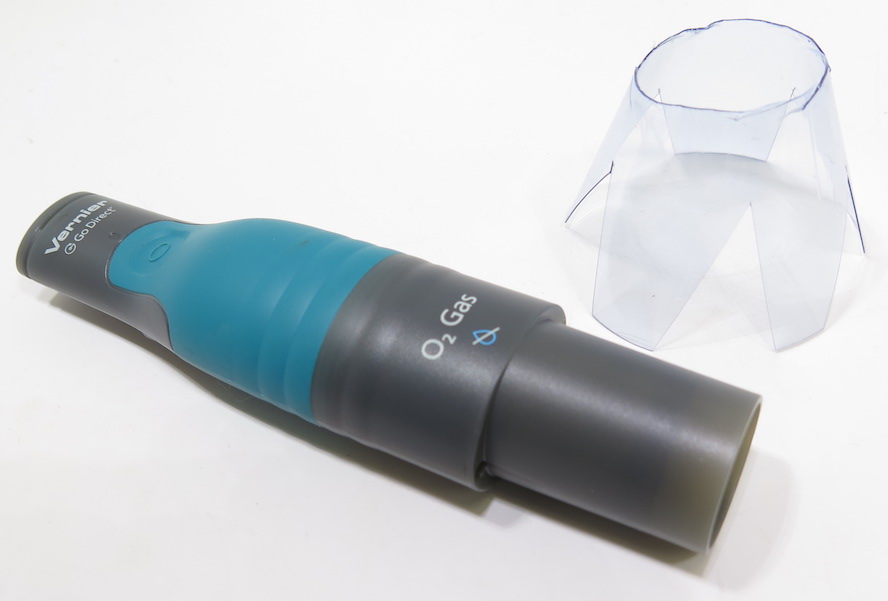
The history of the discovery of oxygen has plenty of twists and turns stretching from the second century BCE to the present. The path to discovery and understanding of oxygen is truly a who’s-who of science and philosophy. Whether Philo of Byzantium or Leonardo da Vinci or Robert Boyle or Antoine Lavoisier, or even Charles Darwin, the road to oxygen is paved with greatness. And don’t forget that Robert Goddard, the father of modern rocketry was the first to use liquid rocket fuels and one of those was liquid oxygen.
The Extinction of Words
A notable causality of the progression towards the understanding of oxygen was the word dephlogisticated. Back about the time America was just starting its grand experiment, around 1776, the word dephlogisticated was used to describe the portion of air now known as oxygen. Unfortunately for the word dephlogisticated, however, as the pace of science increased so the need for the word dephlogisticated decreased. Dephlogisticated, by the way, means dephlogisticated or without phlogiston. Ok, so much help with that. So a better explanation might be that phlogiston is a chemical involved with combustion. So dephlogisticated is the lack that chemical.

Regardless, the use of the word dropped of off a cliff after 1800. Presumably the speed of “viral” back in the 19th century would be on the speed of decades. So Dephlogisticated died a quick death over a 25 year period. By 1825, the word was at risk. By 1875, the word was on the endangered species list. And at the beginning fo the 21st century, the word was only found in museums and zoos and historical footnotes like this blog.
Plug n’ Play? What’s That?
The measurement of oxygen is a staple in science education, and O2 sensing has never been easier. With Vernier’s new Go Direct Oxygen Gas Sensor, the ability for students to measure relative oxygen concentration has never been easier or faster. Using Vernier’s Graphical Analysis 4 App, with self-identifying sensors, plug-n-play truly is plug-n-play even though we have recently transcended plugs.
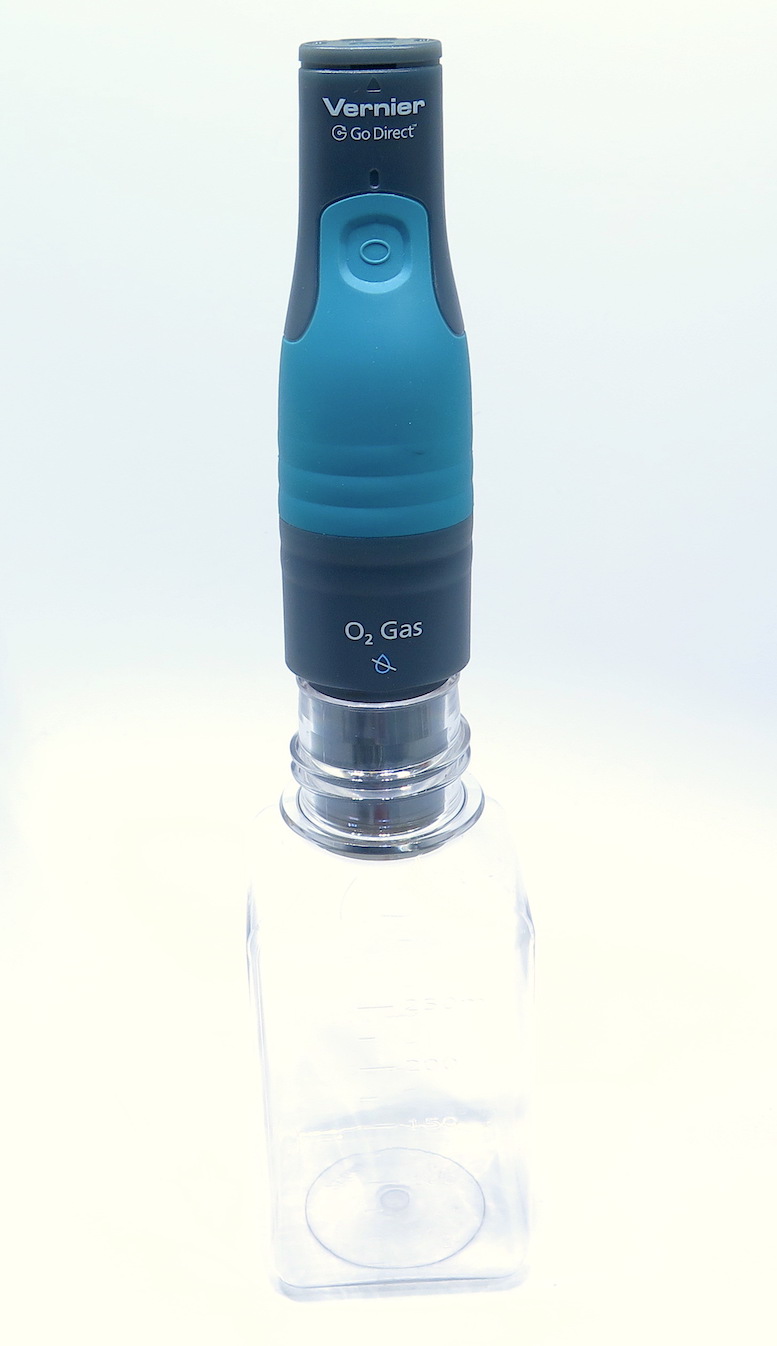
An interesting misconception surrounding the measurement of oxygen in the air is that while we refer to a lower amount of available O2 in the air as elevation increases, the concentration of oxygen as a percentage of overall air remains the same. However, since there is less overall air density, there is are fewer overall oxygen molecules for the breathing even though the percentage of (20.9ish%) oxygen is the same everywhere, up or down. In other words, the percentage of oxygen in the air is always about 20.9%, even on the summit of Mt. Everest so instead we use an “effective oxygen percentage” that is used to make an understandable approximation that provides usable information when dealing with living organisms. For instance, at sea level, the O2 effective O2 is 20.9%. At 5000 feet or 1500 meters, the effective O2 concentration is 17.3%. Ten thousand feet or 3000 meters is 14.4%, and 20,000 feet (6000m) is 9.7% effective oxygen. The top of Mt. Everest at over 29000 feet (8800m) is 6.9% effective oxygen or exactly one-third of the effective oxygen at sea level.

Mt. Everest. Photo from Wikipedia.
I’ve thought about how to explain this to students and I think a reasonable model would be a set of marbles of different colors. For every 100 marbles, there will be 21 red ones (oxygen), 78 blue ones (nitrogen), and one mostly green one (mostly argon, a fraction of CO2, and a pile of other odds and ends in concentrations no more than a thousandth of a percent). So at any given altitude, the proportion of marbles of a certain color remains the same. Its just that the marbles are spread throughout a larger volume due to the lower atmospheric pressure. As atmospheric pressure drops, so too does the ability of the lungs to exchange the gas.

The Vernier Go Direct O2 wireless sensor in airline back seat pocket.
The Vernier Go Direct O2 Gas Sensor is one of two O2 sensors in the Vernier lineup. As a wireless probe the Vernier Go Direct O2 Gas Sensor provides all the necessary capabilities of an O2 sensor with none of the pesky cables that limit use, knock over experiments, and require an additional interface.
Of course, if you need to cable the Go Direct, you can using a basic micro-USB cable. So simple is the Vernier Go Direct O2 Gas Sensor that I handed it to a student while we were on a trip to a NASA facility for a week of STEM inspiration (as only NASA can). After take off, and upon reaching the 10,000 foot level where approved electronics can be used, she fired up the sensor and was shocked to see the O2 level drop from measured take-off level to a deliberate sub-16% effective O2 concentration, something in the effective range of about 7500 feet (2200m). That particular O2 concentration is at the high end of what is considered the medium altitude category. Any higher and it would cause discomfort for the average sea-level dweller.
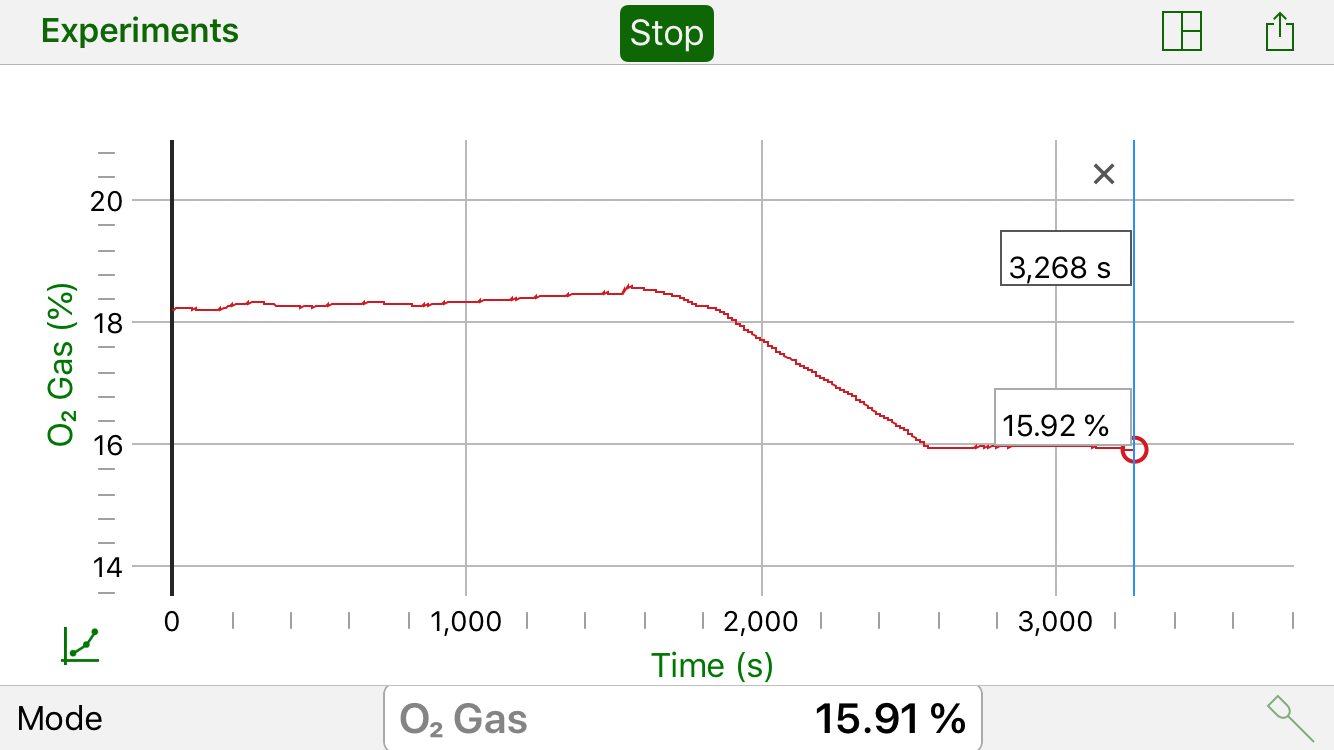
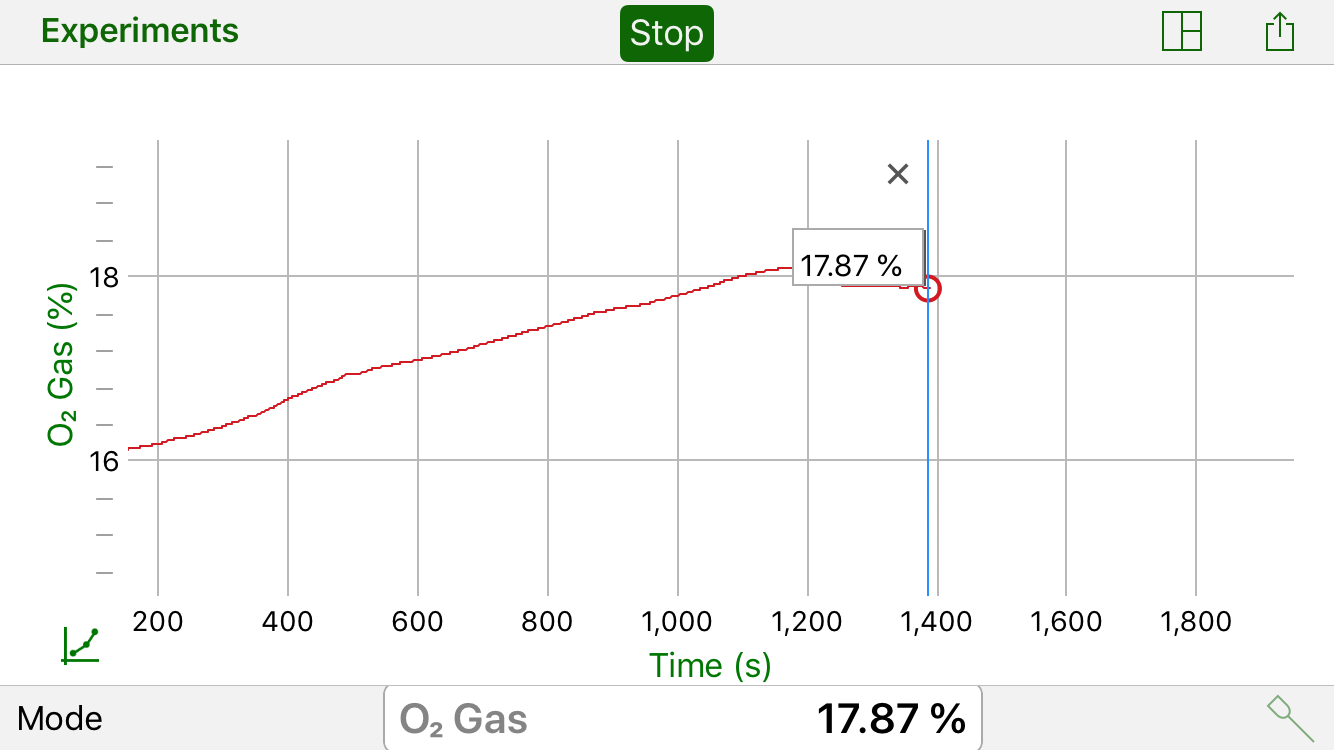
And upon landing, at 10,000 feet the cabin O2 level rose as landing apporached.
Of course the usefulness of the Vernier Go Direct O2 Gas Sensor is not limited to those out-of-classroom experiences risking life-and-limb or other hyphenated landscapes. Classic science experimentations are the Vernier Go Direct O2 Gas Sensor’s forte’. Vernier suggest some popular experiments including testing for catalase under various conditions, measuring oxygen consumption at rest and after exercise, measuring the change in gas produced during photosynthesis, and comparing the rates of cell respiration in germinating and non-germinating peas.
Science by Candlelight
A kitchen-table experiment I ran with the Vernier Go Direct O2 Gas Sensor involved a cookie jar and a candle. Watching a candle burn out in a closed environment is a staple of science education, and of all the variants of that experiment, none have used the Vernier Go Direct O2 Gas Sensor until now. Watching the O2 level drop right next to the flame was insightful. It immediately raised the question of at what relative elevation did the candle go out? Turns out that’s equivalent to about 10,000 feet. So the next question is can you burn a candle at 10,000 feet? And from there the questions just piled up. Ahh, such is science.
One observation that a high school junior noticed when running the experiment a few times is that at the lower oxygen concentrations, the BIC lighter used to ignite the candle would not light until there was enough oxygen back into the container. In other words, the candle could not be relit until the O2 level inside the container rose to at least 17%.
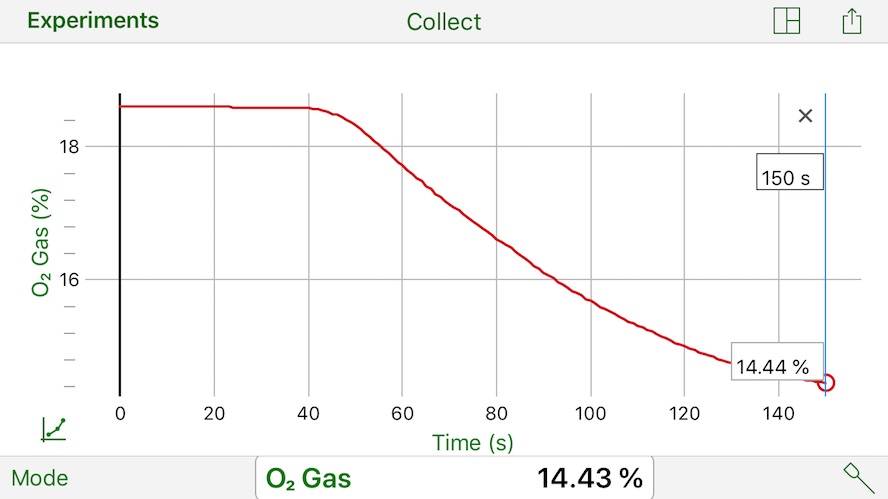
To enhance the capabilities of the Vernier Go Direct O2 Gas Sensor, I made a stand to keep the Vernier Go Direct O2 Gas Sensor upright. With nothing more then the cut-off top and bottom of a water bottle, a conical stand for the sensor materialized. Just lop off the top of a plastic water bottle. Open the top just big enough for the sensor to fit through, and cut the bottom a few centimeters below the business end of the sensor. Then cut a few triangular openings into the base and you are good to go. Another option I drew upon was to repurpose a flashlight holder that allows the Vernier Go Direct O2 Gas Sensor to be used in various situations while supported, padded, hanging, and upright.
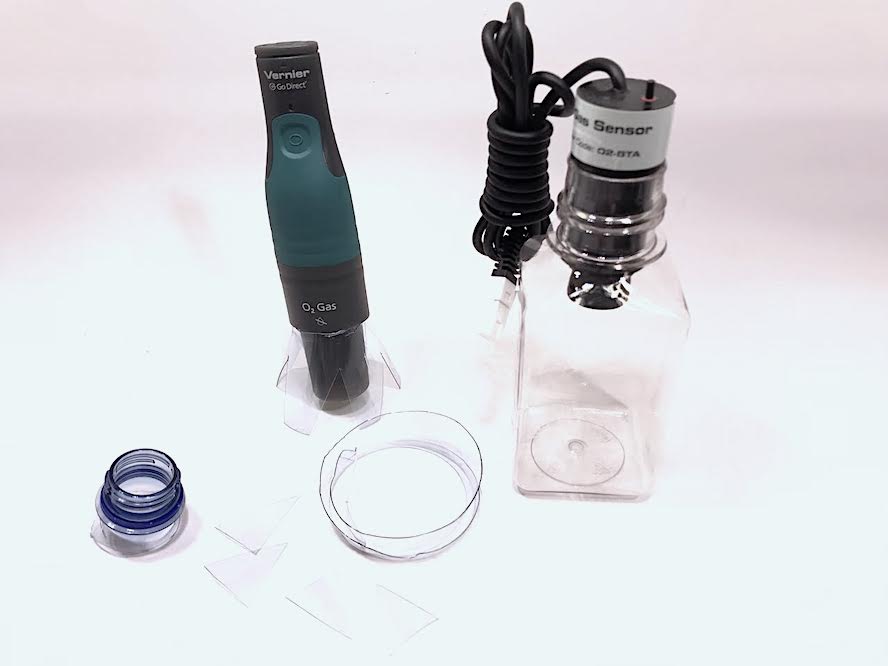
The easiest upright storage method, however, is to use the included 250 mL gas sampling bottle (Nalgene bottle with lid).
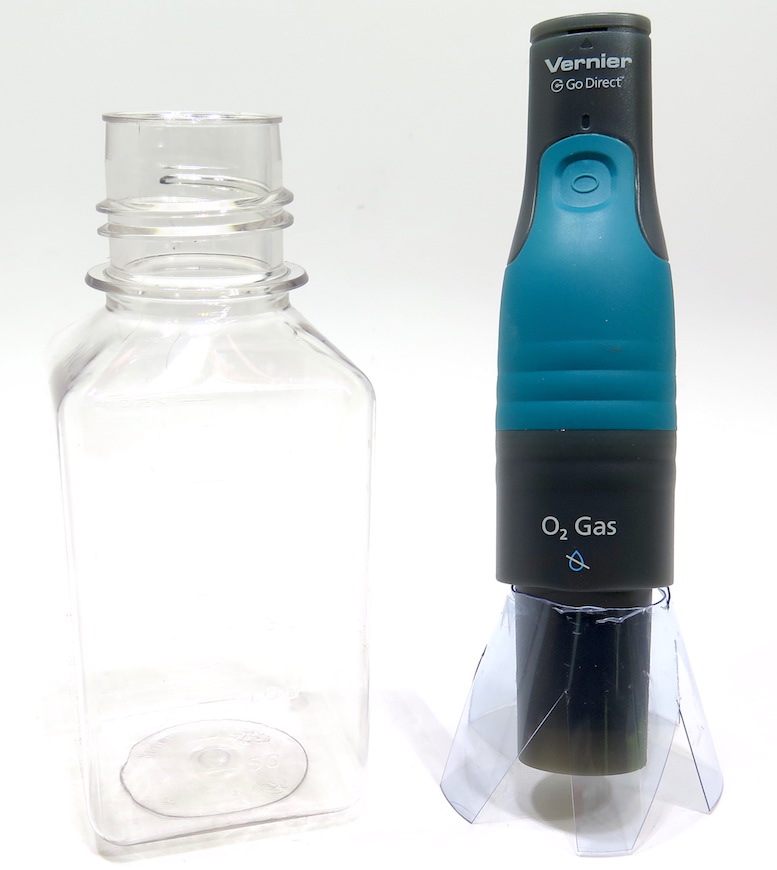
Stand Upright
The nature of the Vernier Go Direct O2 Gas Sensor requires that it be stored upright to maintain its effectiveness. According to Vernier, “The cell contains a lead anode and a gold cathode immersed in an electrolyte. Oxygen molecules entering the cell are electrochemically reduced at the gold cathode. This electrochemical reaction generates a current that is proportional to the oxygen concentration between the electrodes. The sensor output is a conditioned voltage proportional to the reaction current.” Further, Vernier’s website states, “As your O2 Gas Sensor ages, the readings will decrease. This is normal, as the chemicals in the electrochemical cell are depleted. It does not mean the sensor is no longer functional; rather, it simply requires that you perform a calibration and store it as described previously.”

I got my first Vernier O2 gas sensor last century. Its much like the cabled version still available from Vernier, but with harder edges, more primitive billboarding, and an aggressive calibration button. The latest cabled version has a smooth domed top, pleasant green O-ring dampeners, and a large “OXYGEN” statement declared around the core of the unit.
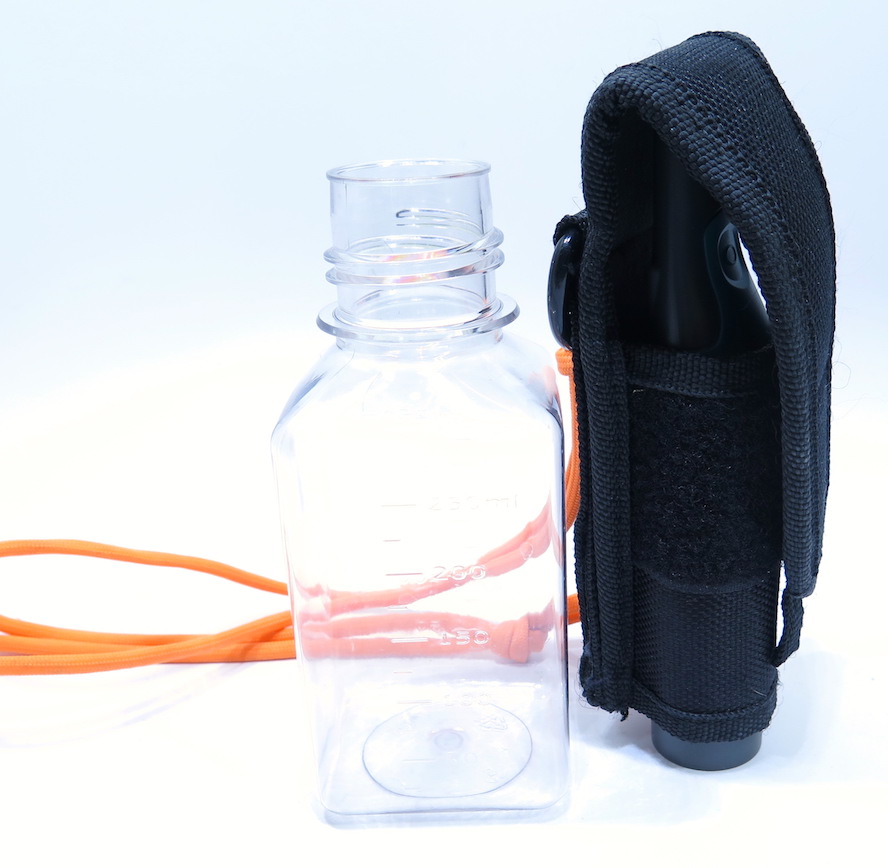
Regardless of the unit, the nature of an O2 sensor has some limitations with regard to storage orientation. Those suggestions are more like warnings if you want to stretch the maximum life out of your O2 sensor.
Think Outside the Analog
What I find interesting, as an aging science teacher, is that we are finally able to push the boundary of what we want to do beyond just what we can do. The Vernier Go Direct O2 Gas Sensor pushes the boundary of experimental measurement forcing a teaching evolution beyond the analog. We can now fulfill the dream as science teachers to where our students leave us behind as they accelerate past us. By standing on our shoulders and jumping towards the sky they begin to fly!
Oxygen is one of those very cool elements that can both save a life and kill whether in absence or abundance. Oxygen is necessary for life as we know it, but yet it oxidizes one of the most common elements in the universe. Oxygen, to most students, is both a red ball on a model and a common test question answer. But to fully appreciate oxygen, students need to measure it. And as an odorless, tasteless, colorless gas, oxygen is filled with surprises, and also science essentials.
The book is an interdisciplinary module that uses project- and problem-based learning. Because success in the 21st-century workplace requires blending content and communication skills, the lessons prompt students to do the following:
The book is an interdisciplinary module that uses project- and problem-based learning. Because success in the 21st-century workplace requires blending content and communication skills, the lessons prompt students to do the following:
The book is an interdisciplinary module that uses project- and problem-based learning. Because success in the 21st-century workplace requires blending content and communication skills, the lessons prompt students to do the following:
The book is an interdisciplinary module that uses project- and problem-based learning. Because success in the 21st-century workplace requires blending content and communication skills, the lessons prompt students to do the following:
Science and Children: an August issue?!!!
By Peggy Ashbrook
Posted on 2018-07-31
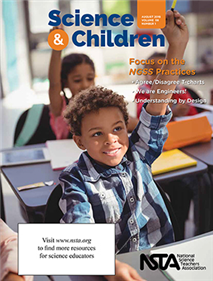 Did you know that there is an August issue of Science and Children? Yes!!!! (fist pump, happy dance, big smile). Getting the next issue in August before planning the first month of school rather than during the first week will help me do what I had planned to do at the end of the school year—reflect on the past year of teaching. I wanted to go over what worked well, how eagerly the children engaged with some explorations, and the times when I messed up by forgetting materials or asking children for too prolonged attention. The fresh material in the August 2018 issue will give me new ideas but also inspire me to prepare for the coming school year using the bones of my previous year of teaching, kind of like a good chicken soup begins with the bones of the chicken we had last night.
Did you know that there is an August issue of Science and Children? Yes!!!! (fist pump, happy dance, big smile). Getting the next issue in August before planning the first month of school rather than during the first week will help me do what I had planned to do at the end of the school year—reflect on the past year of teaching. I wanted to go over what worked well, how eagerly the children engaged with some explorations, and the times when I messed up by forgetting materials or asking children for too prolonged attention. The fresh material in the August 2018 issue will give me new ideas but also inspire me to prepare for the coming school year using the bones of my previous year of teaching, kind of like a good chicken soup begins with the bones of the chicken we had last night.
 Beginning with the Editor’s note, the new Editor, Elizabeth Barrett-Zahn, reaffirms for me why writing, mentoring, and attending conferences makes me a better educator for children and adults: “We can learn from each other, whether down the hallway or across the globe. The journal serves as a way to widen our common collaboration pathways both vertically and horizontally.” This issue is rich in pathways for early childhood educators, including the few I discuss here.
Beginning with the Editor’s note, the new Editor, Elizabeth Barrett-Zahn, reaffirms for me why writing, mentoring, and attending conferences makes me a better educator for children and adults: “We can learn from each other, whether down the hallway or across the globe. The journal serves as a way to widen our common collaboration pathways both vertically and horizontally.” This issue is rich in pathways for early childhood educators, including the few I discuss here.
Will your children be investigating their senses? Do you want to learn more about the 5E model for writing lesson plans? See “Waves Sound Great! First graders explore what makes sound through a 7E learning cycle.”
 In “Using the Understanding By Design Model and NGSS in Concert to Plan and Instruct in Science,” written for educators who teach early elementary grades, we get support for “starting at the end rather than at the beginning of the planning process.” This “Understanding by Design (UBD)” planning process helps educators avoid the struggle of matching an activity to a specific standard because the process begins with knowing where you want your students’ understan
In “Using the Understanding By Design Model and NGSS in Concert to Plan and Instruct in Science,” written for educators who teach early elementary grades, we get support for “starting at the end rather than at the beginning of the planning process.” This “Understanding by Design (UBD)” planning process helps educators avoid the struggle of matching an activity to a specific standard because the process begins with knowing where you want your students’ understan ding of science concepts or knowledge to conclude upon lesson or unit completion.
ding of science concepts or knowledge to conclude upon lesson or unit completion.
“We Are Engineers! Engineering design activities for preschoolers introduce practices and encourage scientific habits of mind” describes a series of building and engineering design projects that can be adapted for older children too.
The “Guest Editorial: Addressing Common Questions About 21st-Century Science Teaching” by Cindy Hoisington addresses very important questions for early childhood educators to consider, beginning with “What are the practices, and do children need to practice them?” Hoisington notes, “[The] term practices is gradually replacing more familiar terms such as inquiry and science process skills and the term scientific method has essentially disappeared.” Does your program teach The Scientific Method? Read the Guest Editorial to learn why such a linear process is not a good fit for early childhood science.
As I reflect on what I want to change for the upcoming school year I am cheered by Hoisington’s assurance that “Changing our own science-teaching practices takes time and lots of practice!” And given direction by her statement that “It requires us to evaluate our current approaches to teaching science and find the supports and resources we need to educate ourselves about current approaches—as required by the Framework and addressed in the NGSS.”
August is a good time for me to look for supportive collaboration with nearby colleagues and those in print so I’ll be taking notes as I read the rest of the articles and columns in the August 2018 issue of Science and Children.
 Did you know that there is an August issue of Science and Children? Yes!!!!
Did you know that there is an August issue of Science and Children? Yes!!!!
“Art Lab” Camp
By Peggy Ashbrook
Posted on 2018-07-28
Camp has a culture that is different from school, partly due to the season and partly due to the temporary relationships as campers and teachers are together for shorter lengths of time. As the teacher of an “Art Lab” camp class for children in Kindergarten through 3rd grade I had the pleasure of introducing the children to art-making processes using a variety of media where interactions between the media take place. Having two adult assistant teachers made the preparation and clean up easy. I wanted children to have experiences involving exploring the properties of matter that will help them choose media to express themselves artistically. Paint with dirt? With soap? Freeze paint? Paint on foil? The children engaged with every combination of media without hesitation. But since we only had about  2.5 hours together each of 5 days, we didn’t explore deeply into the mechanisms of those interactions, an omission that my science teacher side regretfully accepts. At ages 5 to 8 these children are building a foundation of experiences that I hope will keep their curiosity sparked, prompting them to ask, “What is happening?” and trying to find out. Looking at and talking about what they saw in Tana Hoban’s wordless books gave them practice making and verbalizing their observations.
2.5 hours together each of 5 days, we didn’t explore deeply into the mechanisms of those interactions, an omission that my science teacher side regretfully accepts. At ages 5 to 8 these children are building a foundation of experiences that I hope will keep their curiosity sparked, prompting them to ask, “What is happening?” and trying to find out. Looking at and talking about what they saw in Tana Hoban’s wordless books gave them practice making and verbalizing their observations.
Water color resist
W e began with making name tags (all the children were new to me) and name place cards which helped me remember who made which creation and also allowed me to select seating when needed. While painting with liquid water color on top of white crayon drawings on white paper the children experienced the phenomenon of resist.
e began with making name tags (all the children were new to me) and name place cards which helped me remember who made which creation and also allowed me to select seating when needed. While painting with liquid water color on top of white crayon drawings on white paper the children experienced the phenomenon of resist.
Salt and water color
 Feeling salt crystals and observing their “disappearance” when water was added did not help children understand what was happening on their watercolor painting when they used the “salt technique.” But they saw a phenomenon they can investigate more fully in later years. After painting, they sprinkled table salt onto areas of the wet paper. Salt absorbed some of the water color paint leaving small “stars” as the paint dried. If we had more time (and patience) we could have made close observations using a magnifier as the paint dried. Another way to observe the relationship between salt and water would be to add water drop-by-drop to a few pinches of salt in a cup. The children would have seen water filling in the spaces between the salt crystal grains, and, when enough water was added, the salt begin to dissolve. Children could taste the solution to affirm that the salt was still in the cup (all materials being clean) even when it has completely dissolved and is no longer visible.
Feeling salt crystals and observing their “disappearance” when water was added did not help children understand what was happening on their watercolor painting when they used the “salt technique.” But they saw a phenomenon they can investigate more fully in later years. After painting, they sprinkled table salt onto areas of the wet paper. Salt absorbed some of the water color paint leaving small “stars” as the paint dried. If we had more time (and patience) we could have made close observations using a magnifier as the paint dried. Another way to observe the relationship between salt and water would be to add water drop-by-drop to a few pinches of salt in a cup. The children would have seen water filling in the spaces between the salt crystal grains, and, when enough water was added, the salt begin to dissolve. Children could taste the solution to affirm that the salt was still in the cup (all materials being clean) even when it has completely dissolved and is no longer visible.
Invisible ink

 Combining materials or applying heat produced changes to children’s “secret” messages, one painted with baking soda, and another with lemon juice they squeezed themselves. After allowing the messages to dry for a day we painted over the baking soda with grape juice, producing a grey color, slightly darker where baking soda was previously applied. The effect wasn’t dramatic and, if the painter vigorously brushed on the grape juice, all prior messages ended up well scrubbed and erased. We briefly talked about how trying a technique or process several times may lead to a better way of doing it. More legible results were revealed the following day by heating the paper painted with lemon juice with an iron (with adult guidance).
Combining materials or applying heat produced changes to children’s “secret” messages, one painted with baking soda, and another with lemon juice they squeezed themselves. After allowing the messages to dry for a day we painted over the baking soda with grape juice, producing a grey color, slightly darker where baking soda was previously applied. The effect wasn’t dramatic and, if the painter vigorously brushed on the grape juice, all prior messages ended up well scrubbed and erased. We briefly talked about how trying a technique or process several times may lead to a better way of doing it. More legible results were revealed the following day by heating the paper painted with lemon juice with an iron (with adult guidance).
Painting with soil
Multiple experiences mixing soil into water as a pigment and painting with it produced work that does not reveal how it was created over three sessions. This reinforced for me how process is central to the children’s experiences with art media. Many were intent on seeing how the soil paint would apply to the paper, or on top of the previous coating of soil paint rather than making an image using each different color of soil paint.
Creating and painting with foam
The group also mixed up foam from dish soap and water using spring whisks, added liquid water color, and applied it to fingerpaint paper with their hands. This small class enjoyed conversations with each other during this group paint and every other moment in the morning.
Painting with frozen tempera…on foil and paper
Side-by-side painting with pieces of frozen tempera on aluminum foil and water color paper allowed children to compare the way tempera paint applied to different surfaces. Their reflection on any differences were about the size of the page and the color of the paint rather than the different surfaces. After drying, comments on the following day showed an understanding of how the paper absorbs paint so it doesn’t flake off the way it does from the aluminum foil.
Coloring eggs with onion skins
Handling the onion skins engaged children in thinking about where we get pigments for artwork. We soaked the red onion skins in hot water in two bowls, one with added salt, and the other with vinegar. Using crayons as a resist the children drew on hard-boiled eggs to identify them later. After 40 minutes in the color bath the children asked, “Why wasn’t the color on the eggs as red as the color of the onion skin water?” With more time and more eggs this question could have developed into a scientific inquiry.
Slime
Yes, we made the ever popular slime, and even though they had mixed water, white school glue, and a Borax solution together at least several times before in previous camps and classes, they weren’t sure what would happen this time. What could be making this liquid mixture “bunch up” into something “more solid” and “bouncy?”
Puff paint
Familiarity with this medium did not reduce the children’s enthusiasm for mixing shaving cream and white school glue with a little liquid water color to create a thick paint. They commented on the textures of each material and asked for more pigment when they wanted a darker color. Using magnifiers revealed the tiny bubbles, even smaller than those they had made by whisking the dish soap.
Paint chips and color value
We examined a group of paint color samples and I asked the children what they thought made a single color get lighter and darker, creating a range of color values from almost white to almost black. Referencing a prior experience with crayons, a child said, “They pressed harder” to get the darker colors, and another child remembered adding more liquid water color to the the puff paint mixture.
Color acetate film as a filter
Last day of camp projects should be dry ones to make it easier to take them home. Giving each child a set of red, blue, and blue-green crayons with the instructions to draw from their imaginations set them up to consider how visible each color is when seen through either red or blue colored acetate. Since it was the first day in 10 that it wasn’t raining I thought we could skip the discussion to spend more time outside. They came back in after enacting the Harry Potter books 1, 2, and 3!
Mixing new colors
Last day of camp projects can also be ones without a product to take home. Using up some already-diluted liquid water color paint we gave each child a set of red, yellow, and blue colors and a pipette to mix colors drop by drop in a plastic egg carton with a sheet of newsprint underneath. The conversation slowed as children meditatively moved the colored water, and then exploded as they began to share about the new colors they made. Dropping paint onto the paper documented the colors and a photograph of the filled page allowed children to take the results home without packing up a wet page. It was a perfect activity to end our week of exploration of interactions between art media.
Next time I will begin by eliciting children’s ideas about the kinds of art materials they are familiar with, and ideas for how we can combine or change those materials. This will set the stage for thinking more about what causes, or happens in, the interactions.
I needed a few more days or weeks to move the class from explore to explain. If we had more time to reflect with the children on how they liked using the various media, and what choices of media they would make in creating more art, they would have elaborated on their understanding by making their own choices of media. I would ask questions such as, “Let’s make a picture of today’s weather—how will you show what it feels like?” and “If you were going to make a great big statue of your favorite Pokemon, what media would you choose?”
Camp has a culture that is different from school, partly due to the season and partly due to the temporary relationships as campers and teachers are together for shorter lengths of time. As the teacher of an “Art Lab” camp class for children in Kindergarten through 3rd grade I had the pleasure of introducing the children to art-making processes using a variety of media where interactions between the media take place. Having two adult assistant teachers made the preparation and clean up easy.



